Of all the stately monuments in Washington, the Jefferson Memorial has always been my personal favorite. I love the graceful neoclassical design, and the way the clean white marble reflects the light when the sun is low in the sky. The bronze statue of President Jefferson, 19 feet tall, weighing in at 10,000 pounds, is set in the center of an interior space that’s open to the world on all sides, allowing in a lovely breeze from across the Potomac. I get the feeling that Mr. Jefferson would have appreciated the setting, off by itself at the edge of the tidal basin, on land reclaimed from the swamp that covered most of the area before they decided to build a city here. The monument is elegant in its simplicity, yet imposing enough to match its purpose, as a perpetual cenotaph to one of the primary founders of our democracy, and a monument to his ideals.
As a subject for photographers, the Jefferson has it all: columns and curves, sculpture, carved inscriptions, a dome! The Tidal Basin serves as a reflecting pool, and, for a couple of weeks every spring, the whole business is surrounded by flowering cherry trees. If you can’t find a way to turn all that into a great composition, you’d best set aside your camera, and find a different hobby.
To say that the Jefferson Memorial is a popular spot for tourists would be quite a dramatic understatement. Spring and summer are busiest, but really, any day the sun is shining (and many days when it’s not), the National Mall will be crawling with visitors. More than twenty million people come to D.C. every year, which breaks down to an average of 55,000 per day, and they’re drawn to the monuments and museums like bees to a field of blooms. The off season isn’t nearly as bad, but the busiest times, when all the school tours are coming through all at once? It’s worse than Disneyland, only it’s a lot less organized.
If you visit on a weekday during normal daylight hours, especially during an event like the Cherry Blossom Festival, the crowds will be a living, breathing presence occupying every nook and cranny of the landscape, and any pictures you take of the Jefferson Memorial will have hordes of your fellow tourists lining the marble steps. They’ll come streaming through on foot, in their cars, and on the Metro; they’ll be pedaling their paddle boats across the water, even flying overhead as part of the constant stream of jetliners landing at nearby Reagan National Airport.
You can either embrace the excess humanity, make it part of your composition as I’ve done in the picture above, or you can attempt to work around it with a bit of judicious cropping, like this one below:
Sometimes, this is the best we can do, so we take our best shots, and we move on. But if you’re like me, and you want better? There’s an approach you can take that I like to call “Dawn Patrol.” You have to get up and get moving well before sunrise, but with a little advance planning, you might just catch the city before she comes full awake. You can read about the basic premise here: Washington D.C., By the Dawn’s Early Light.
This first set of photographs (below) illustrates the range of possibilities as you circle the building on the outside. The classic camera angle that includes a reflection of the dome and the portico in the waters of the reservoir is taken from the walkway that encircles the Tidal Basin. Choose your composition as you approach, and use a medium telephoto to bring it in closer from across the water. If you take my advice and visit early on a weekend morning, you should be able to beat the crowds. One of the pictures in the photo collage below features a red fox fearlessly sniffing around the base of the monument. That’s a pretty good indication of just how empty this area can get during the off hours!
(Unless otherwise noted, all of the images in these posts are my original work, and are protected by copyright. They may not be duplicated for commercial purposes.)
Desktop and Tablet Users:
Click any map or photo to expand the image to full screen
This second set of photos has a few shots of the Jefferson in spring, when the famous cherry trees are in bloom. You’ll definitely need to work with (or work around) the crowds when Photographing the Cherry Blossoms.
As always, click any photo to expand the images to full size and view the captions.
When the site for the proposed Jefferson Memorial was finalized, in the late 1930’s, there was an uproar among Washington residents who opposed the plan. It was revealed that several hundred of the famous cherry trees would have to be removed or relocated, a much larger number than the original projections. A group of as many as 150 women converged on the construction site and chained themselves to the trees in an act of civil disobedience known as the Cherry Tree Rebellion. President Franklin D. Roosevelt, the primary sponsor of the new memorial, refused to back down, threatening to “transplant the women along with the trees,” so the rebels gave it up, and the project went forward, with construction completed in 1943. Today, the Jefferson is almost as much a part of the Cherry Blossom festival as the trees themselves, an iconic centerpiece to a world-class tableau.
READ MORE LIKE THIS:
This is an interactive Table of Contents. Click the pictures to open the pages.
Washington D.C. for Photographers
Each weekend I’d focus on a different monument, and I’d shoot them from every conceivable angle, before, during, and after the golden hour of the sunrise. Why the weekend? Because, grasshopper, on weekend mornings, there are no commuters, so there is no traffic, no parked cars, no people in the way of your photo shoot!
<<CLICK to Read More!>>
The slightly elevated position of the Lincoln Memorial gives photographers a clear line of sight from every vantage point, with a multitude of options for interesting compositions. But if you want the very best light, and the smallest crowds, you're going to have to get out there at sunrise!
<<CLICK to Read More!>>
As a subject for photographers, the Jefferson has it all: columns and curves, sculpture, carved inscriptions, a dome! The Tidal Basin serves as a reflecting pool, and, for a couple of weeks every spring, the whole business is surrounded by flowering cherry trees.
<<CLICK to Read More!>>
There's nothing like a good road trip. Whether you're flying solo or with your family, on a motorcycle or in an RV, across your state or across the country, the important thing is that you're out there, away from your town, your work, your routine, meeting new people, seeing new sights, building the best kind of memories while living your life to the fullest.
Are you a veteran road tripper who loves grand vistas, or someone who's never done it, but would love to try? Either way, you should consider making the Southwestern U.S. the scene of your own next adventure.
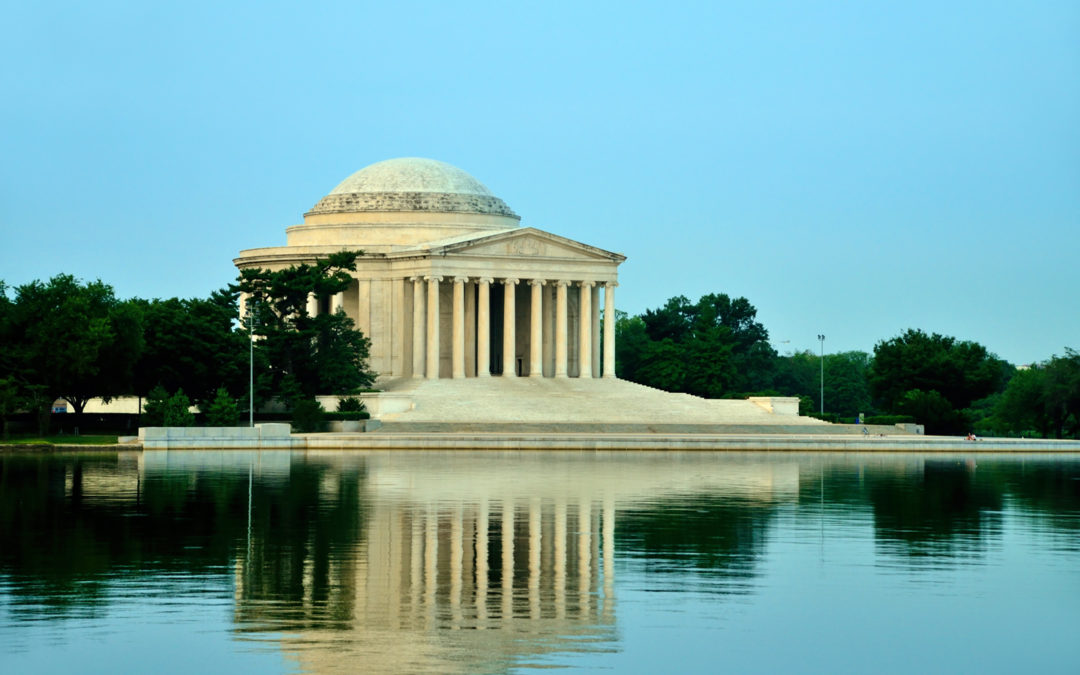
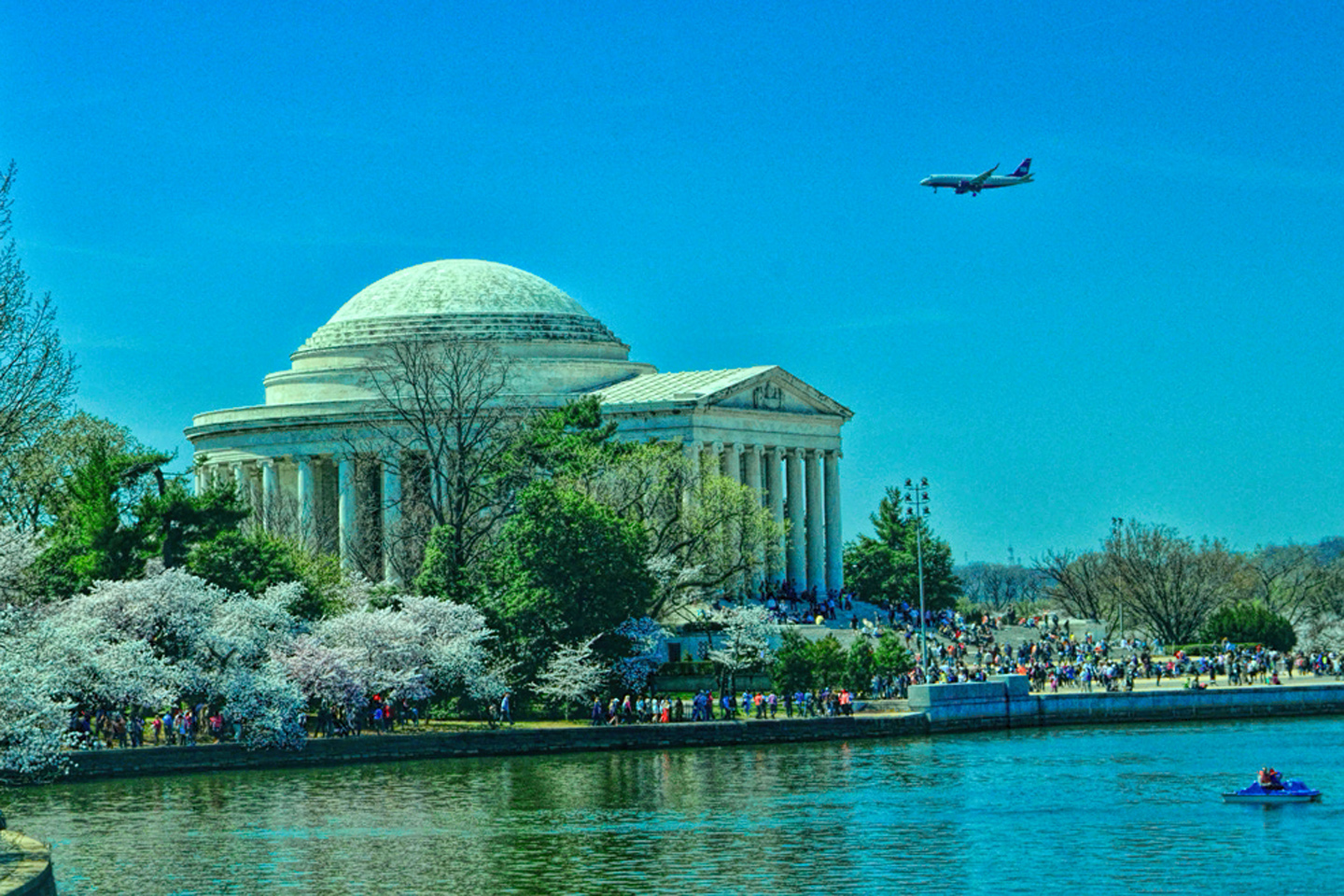
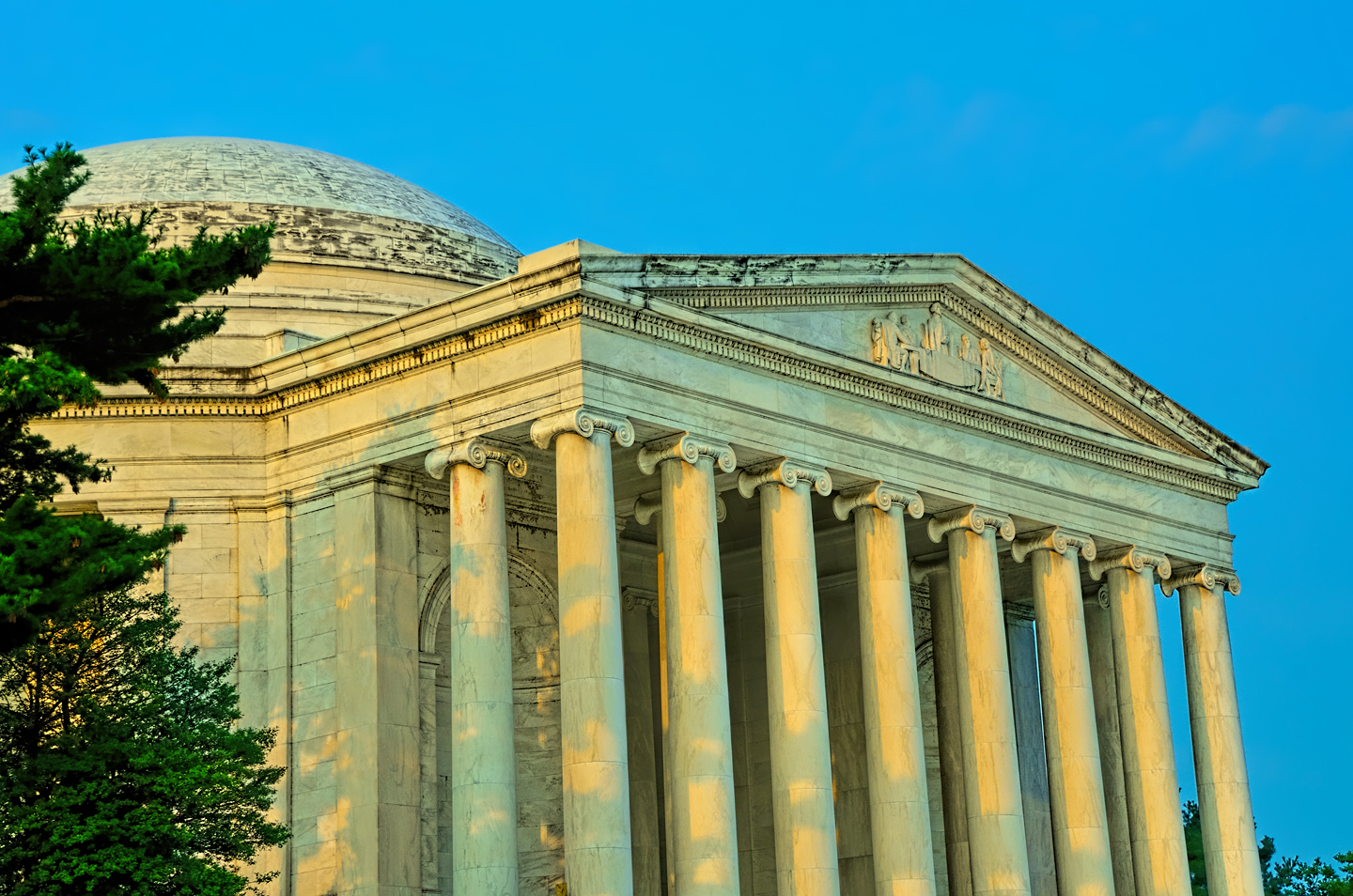
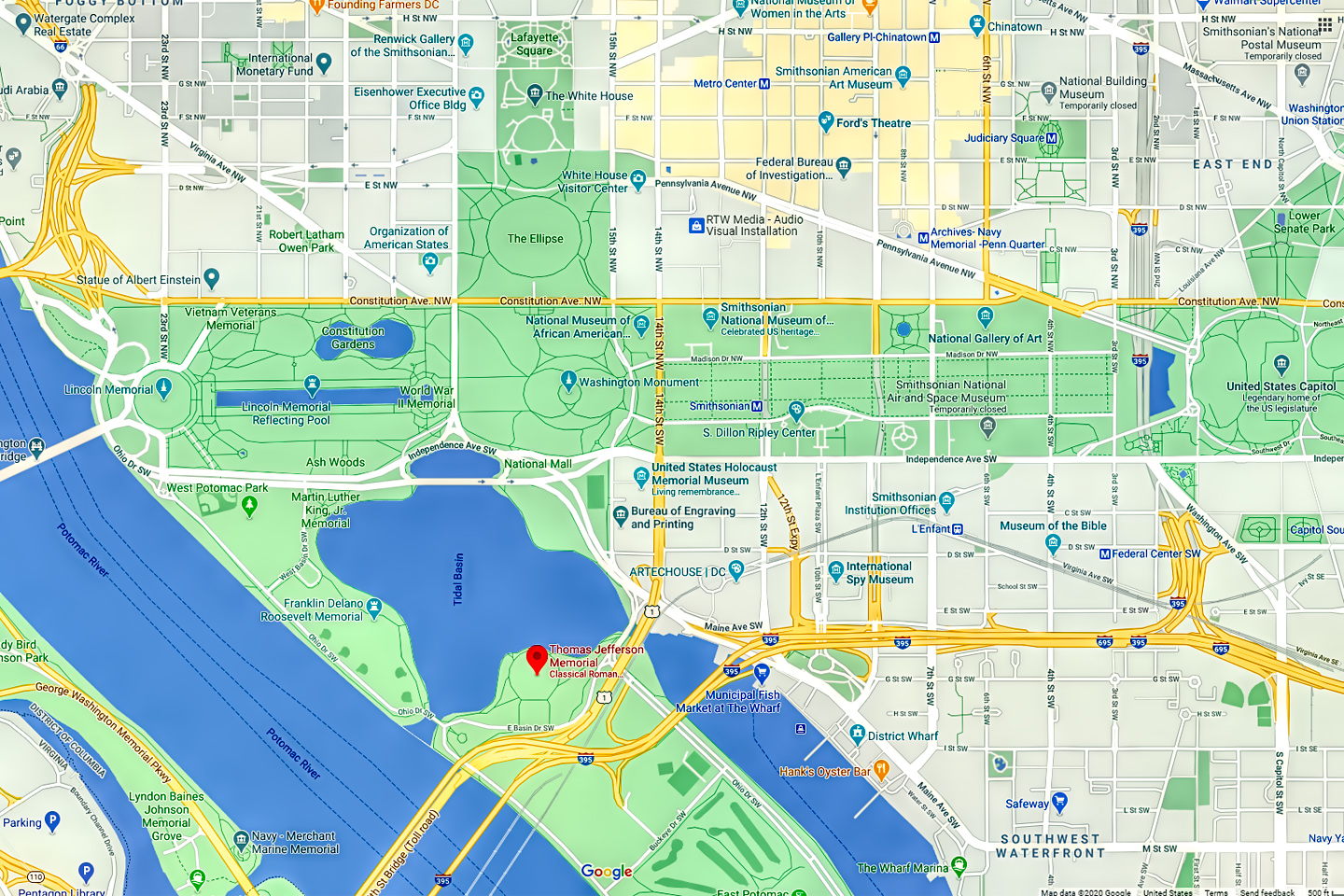
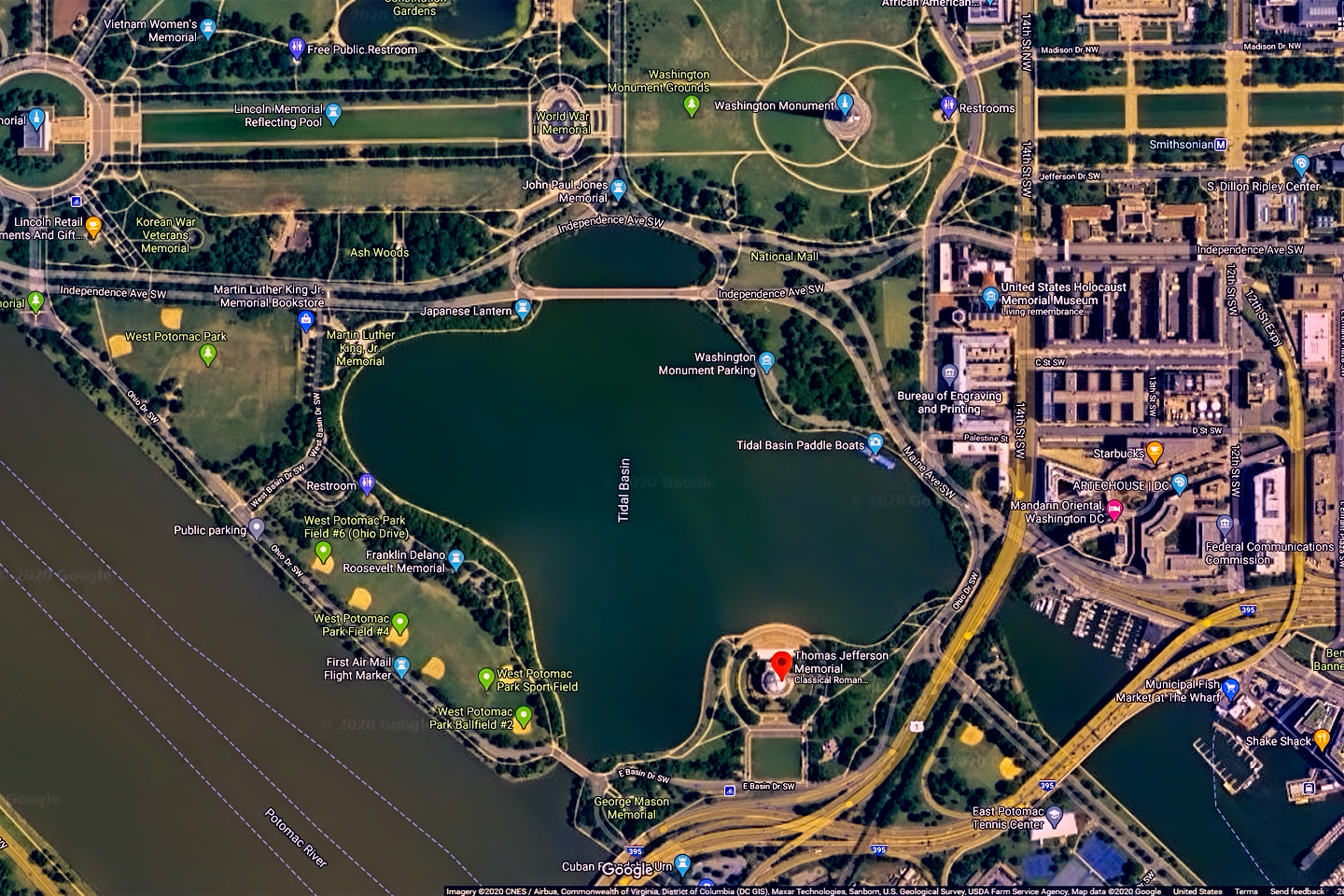
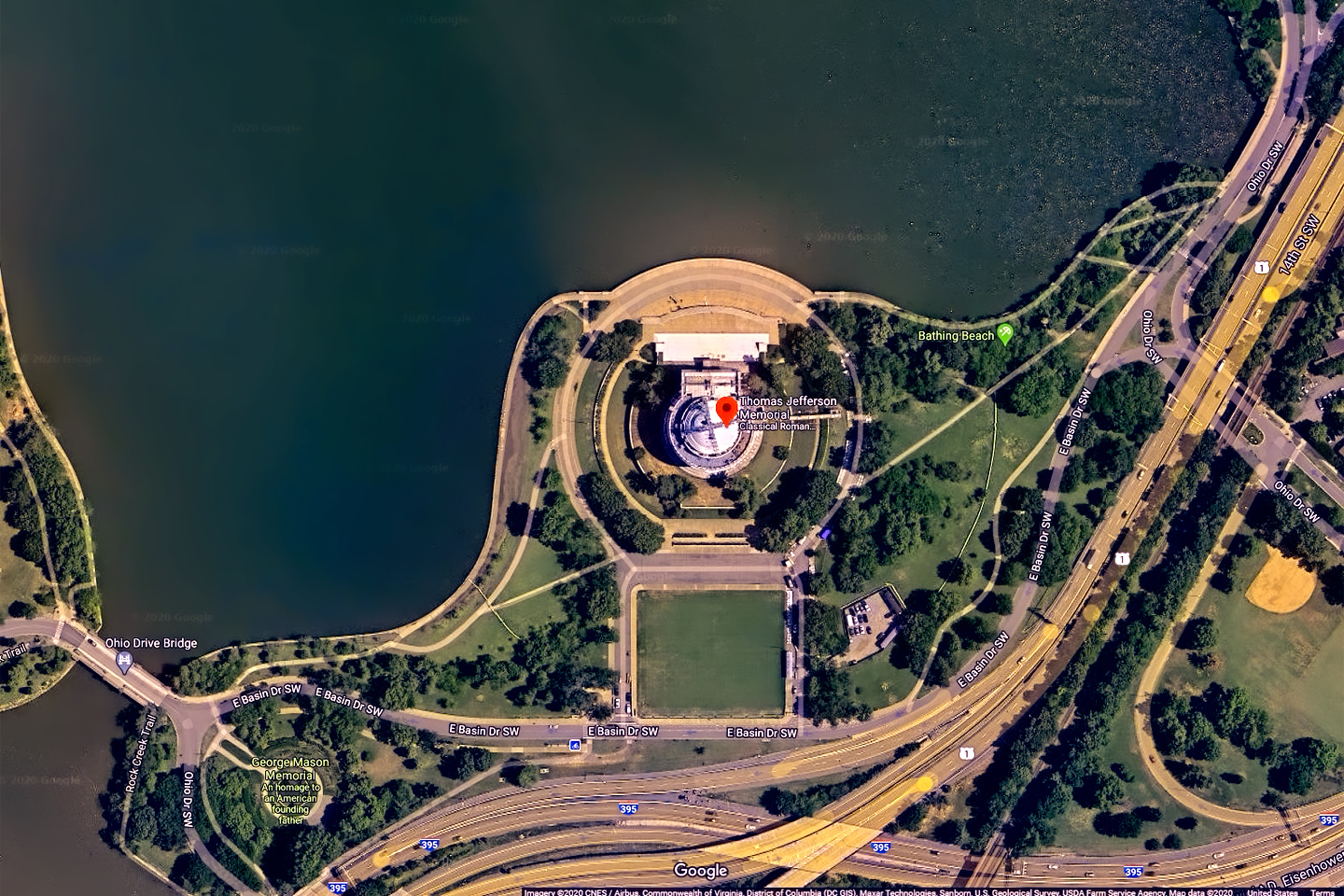
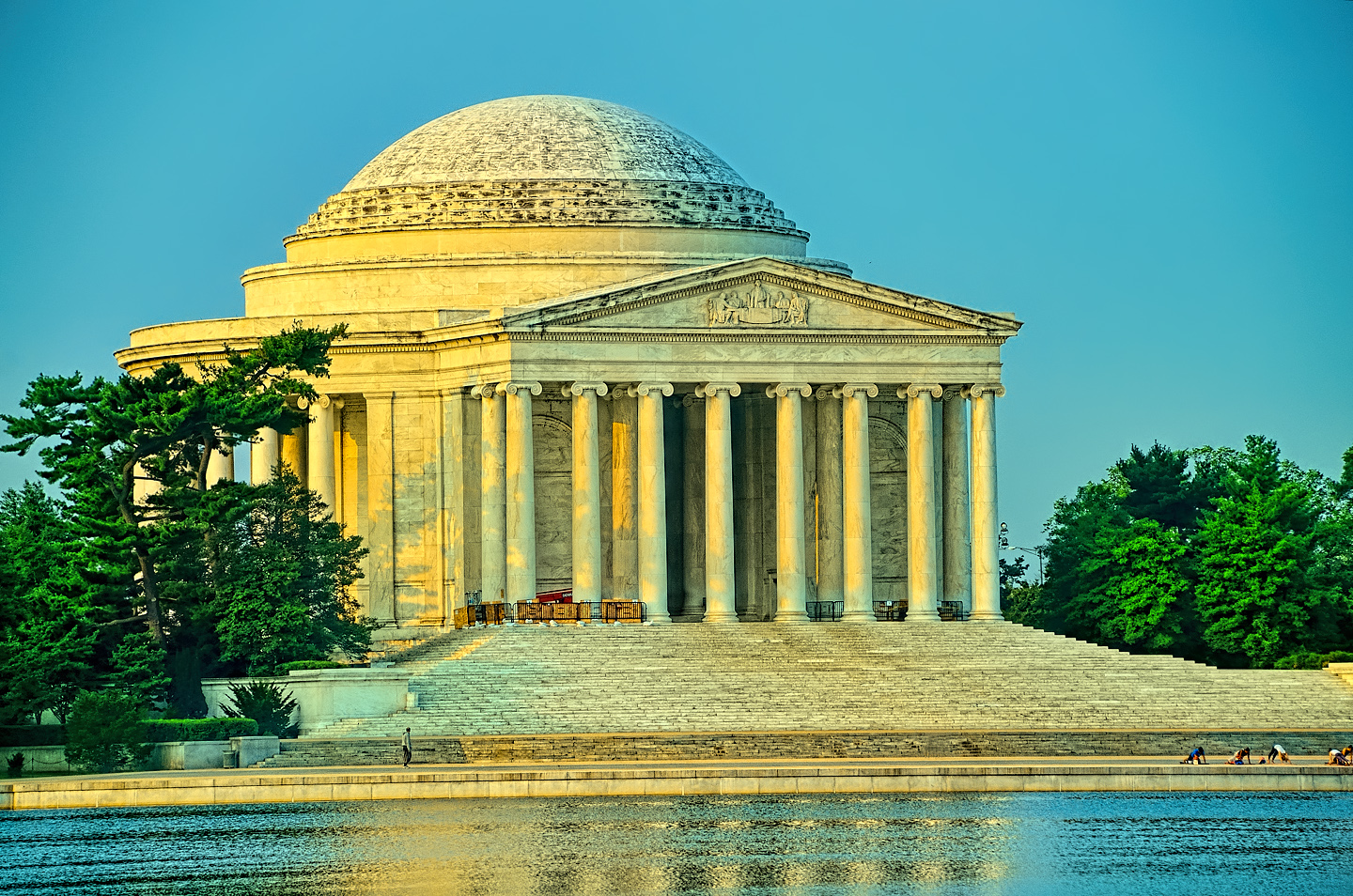
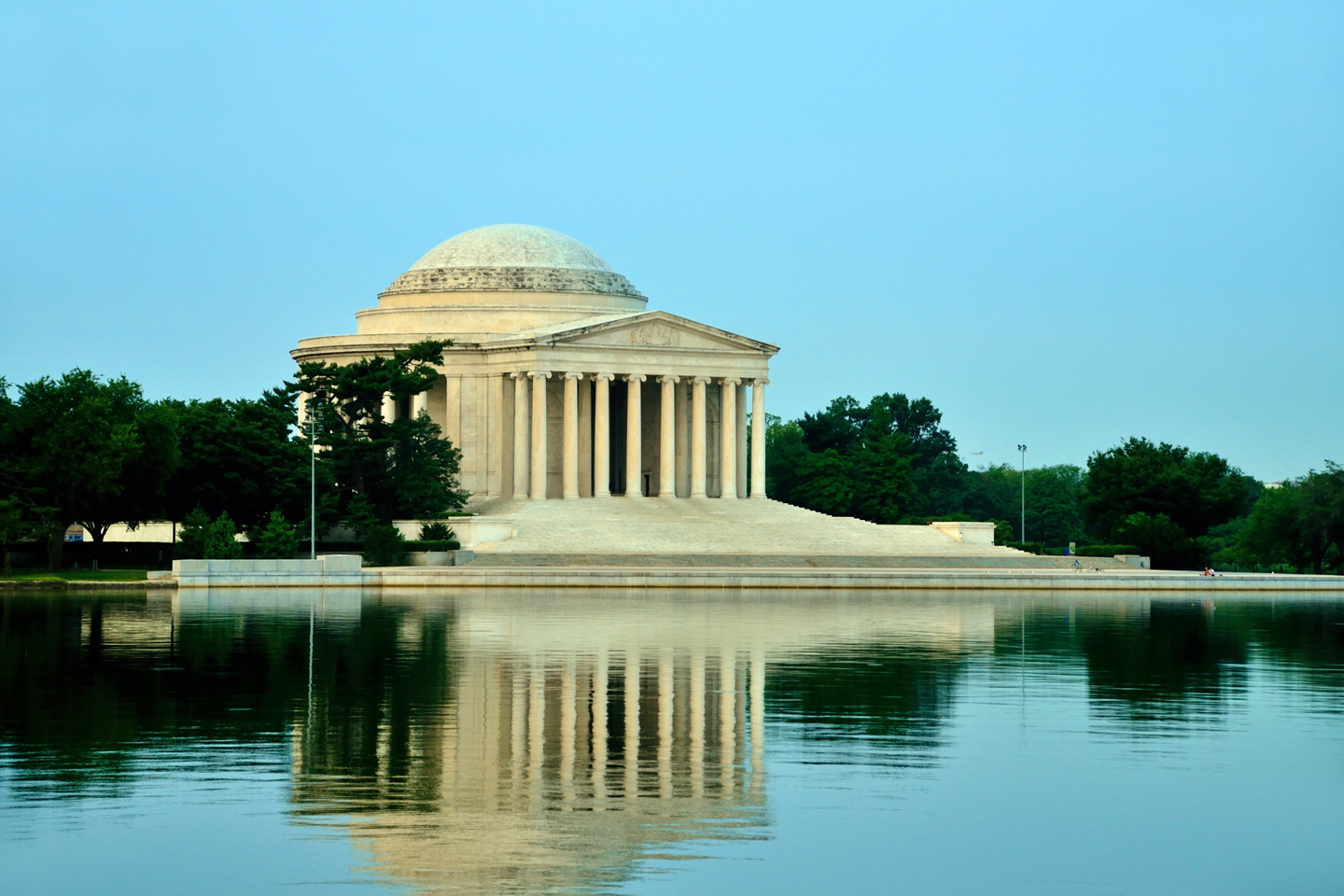
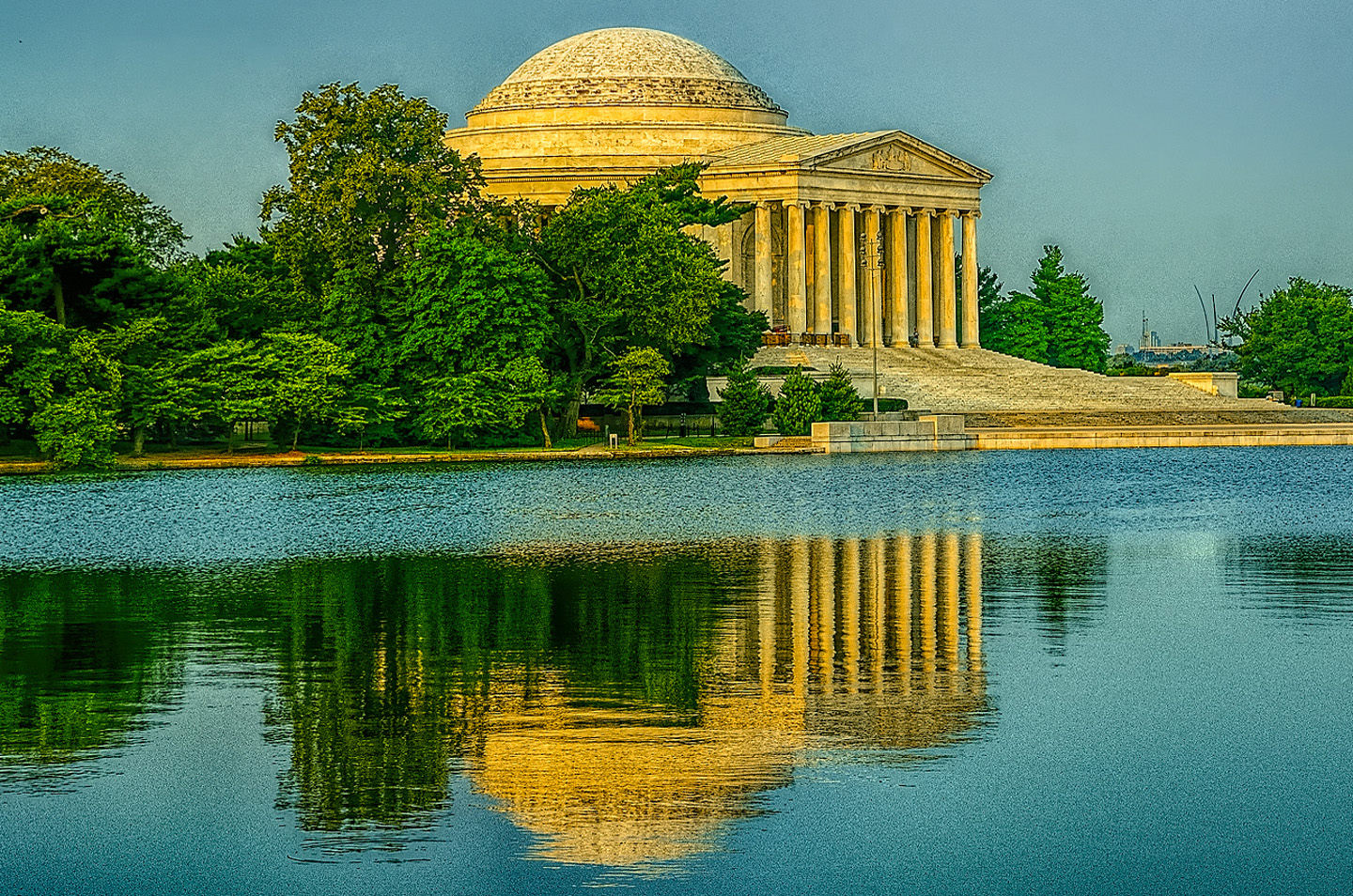
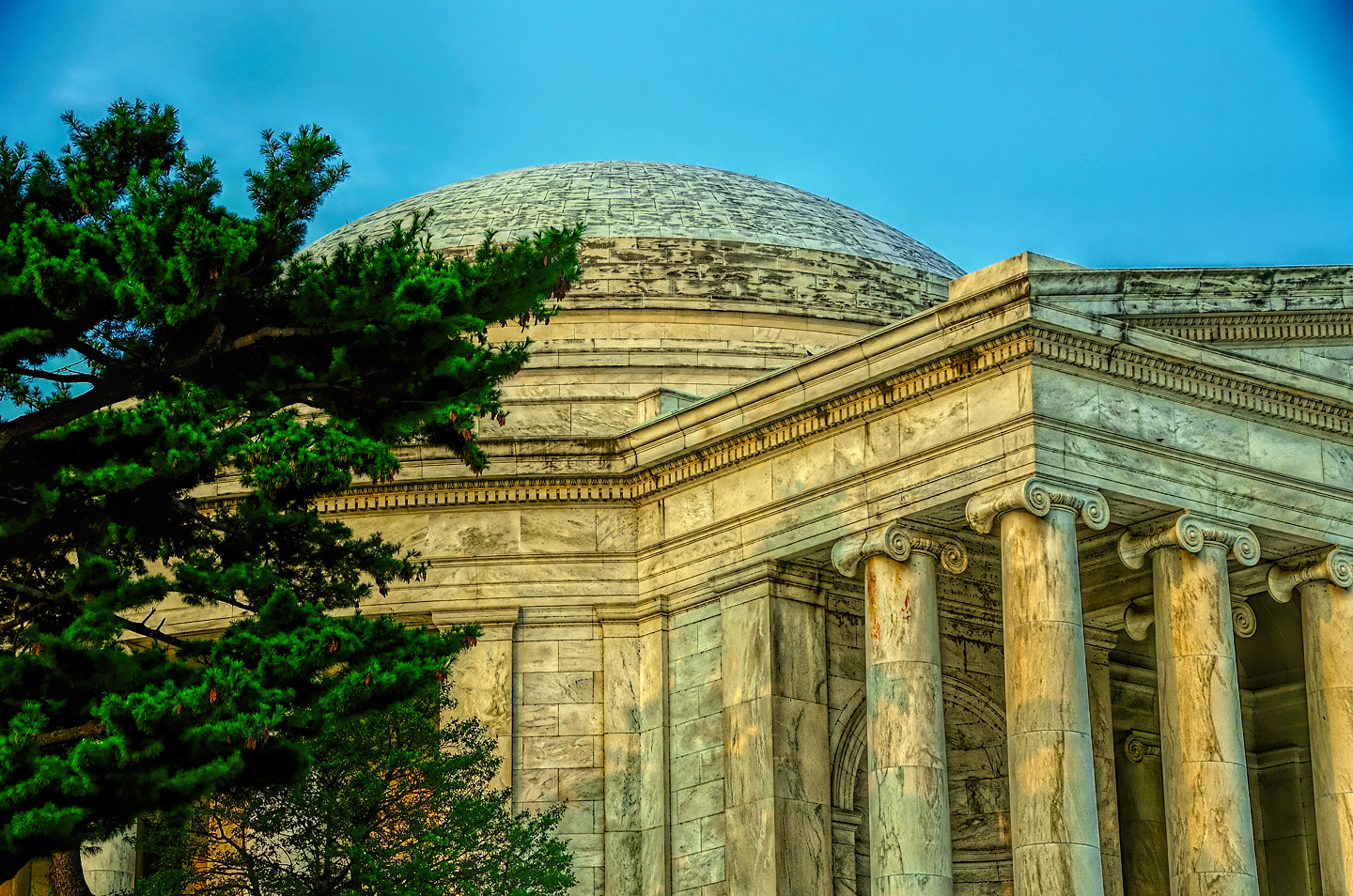
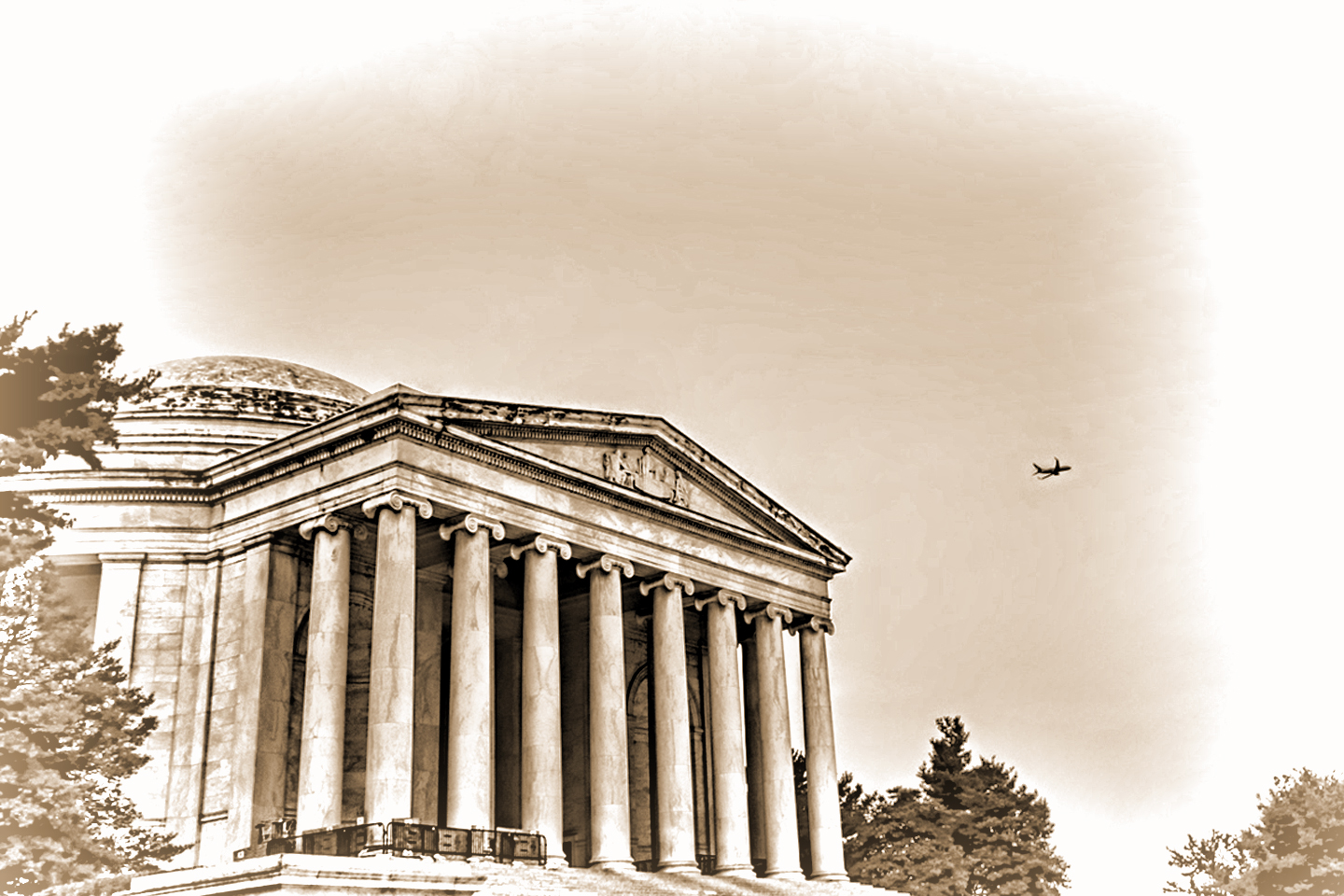
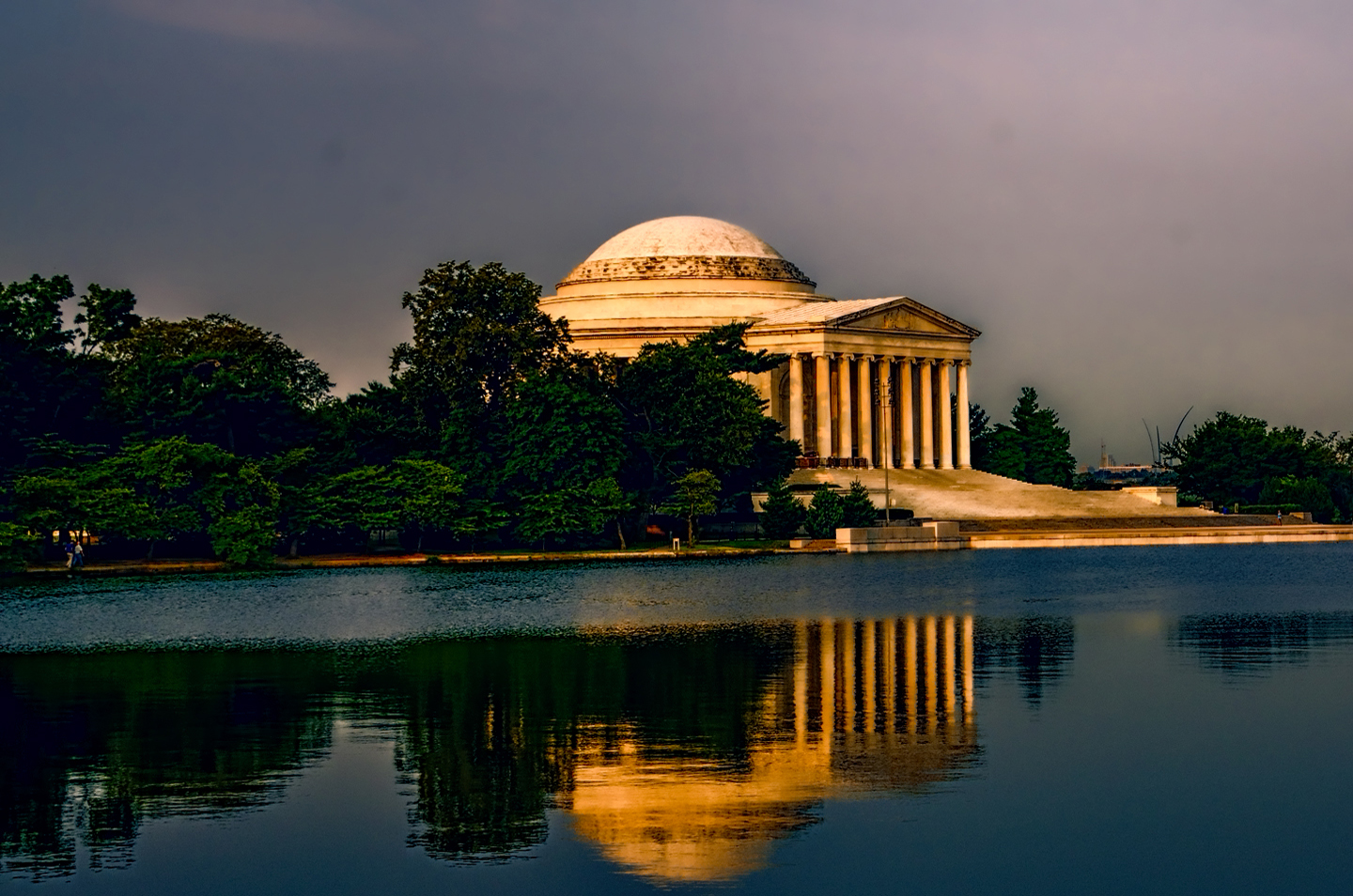
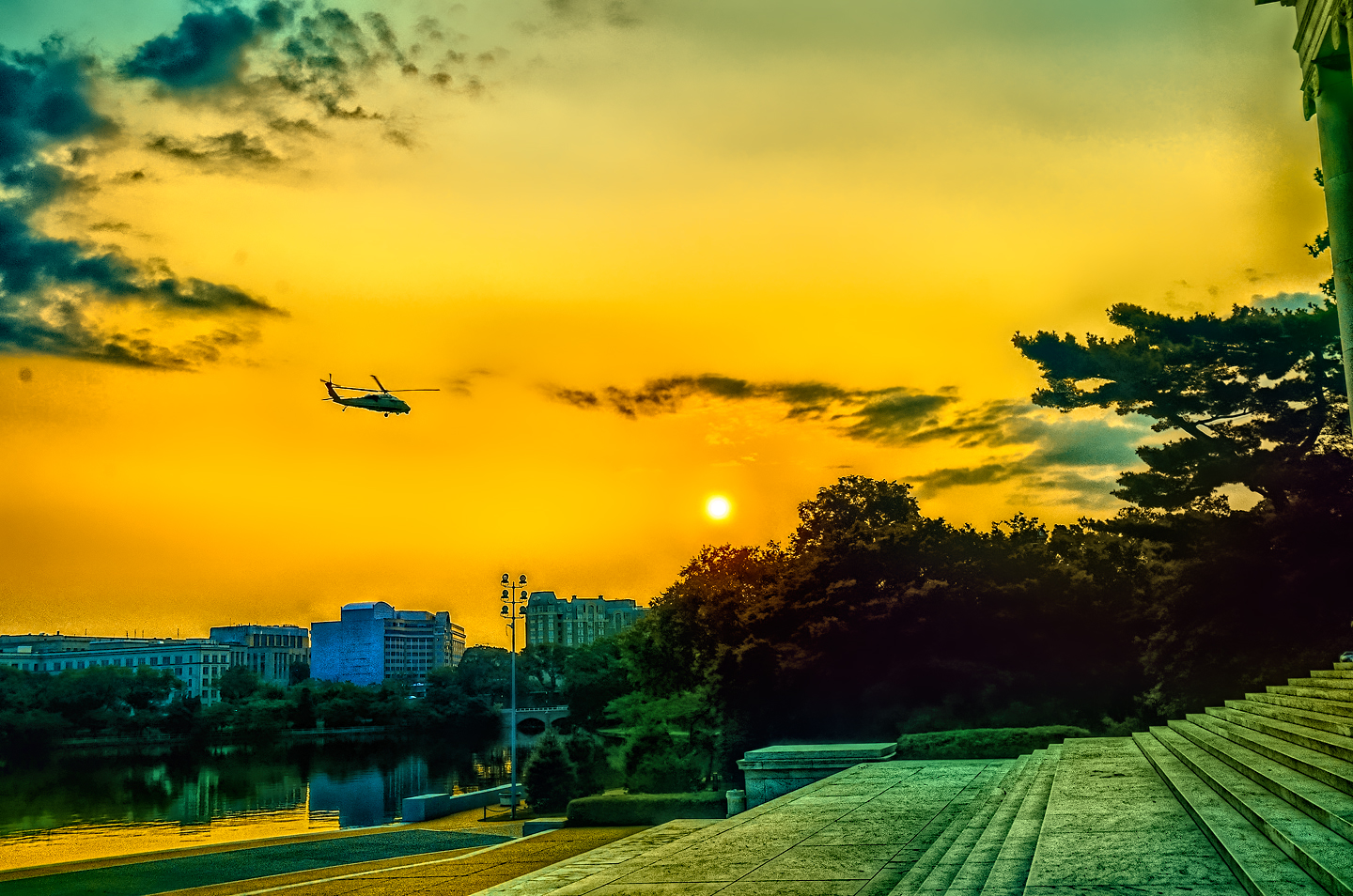
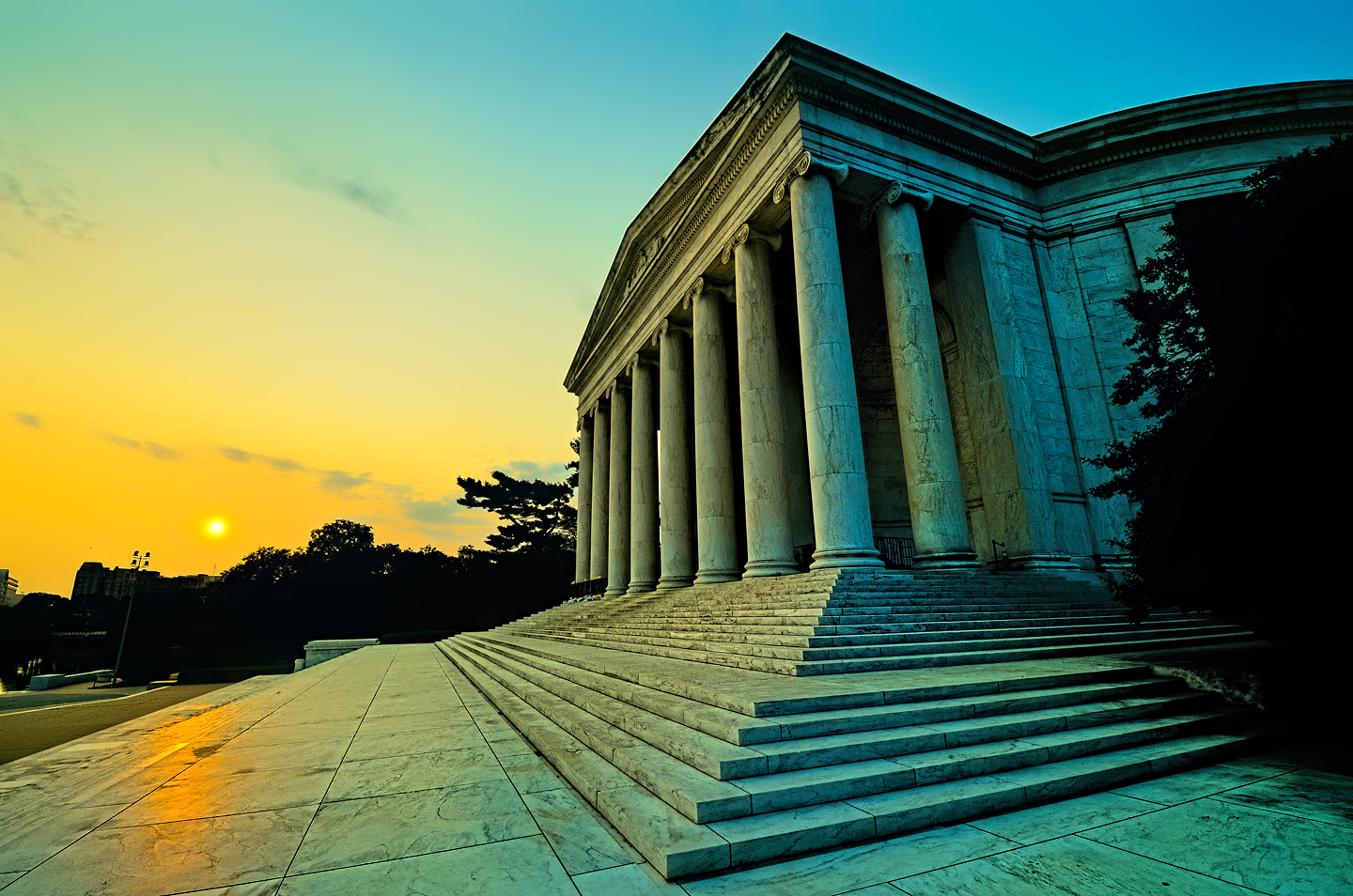
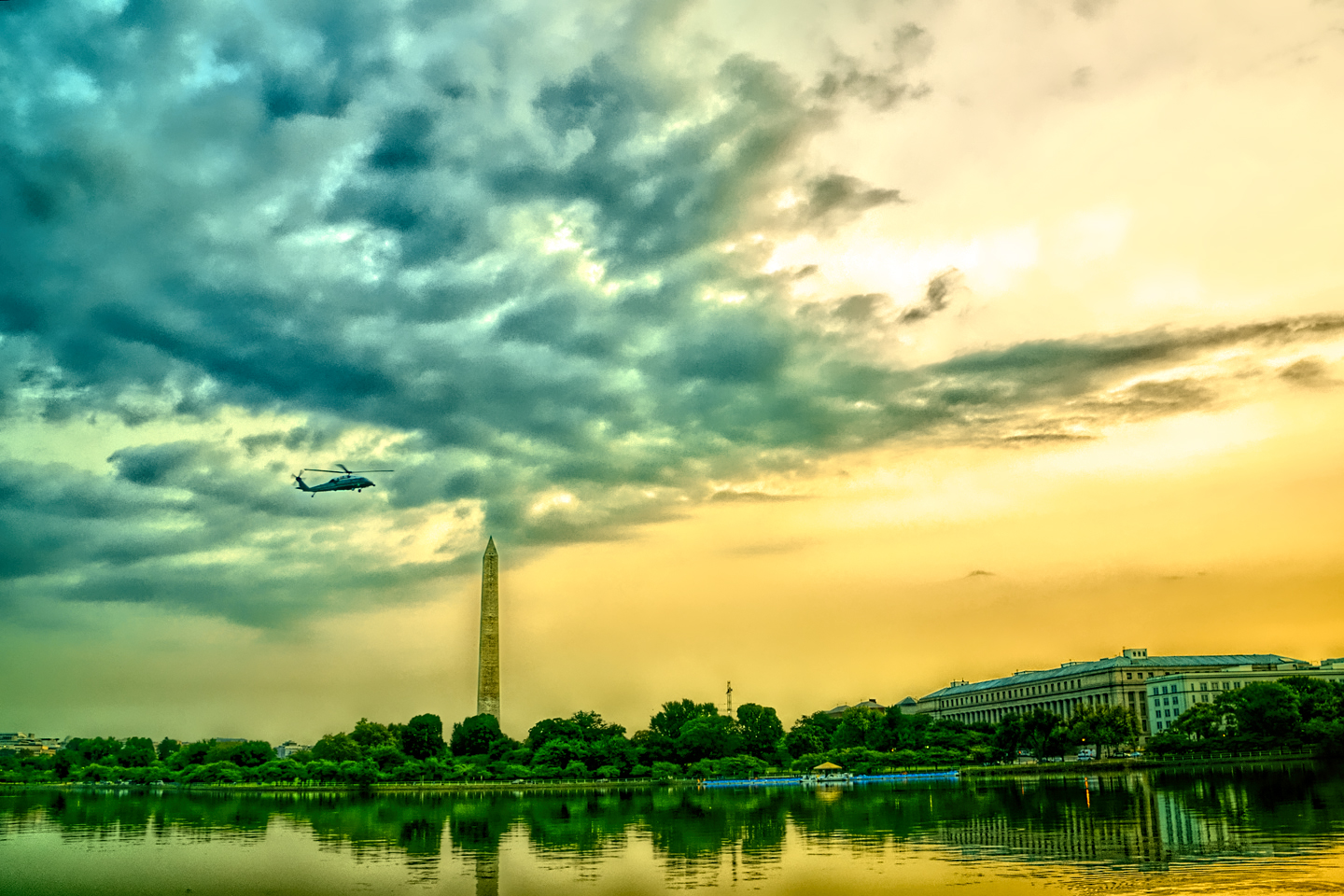
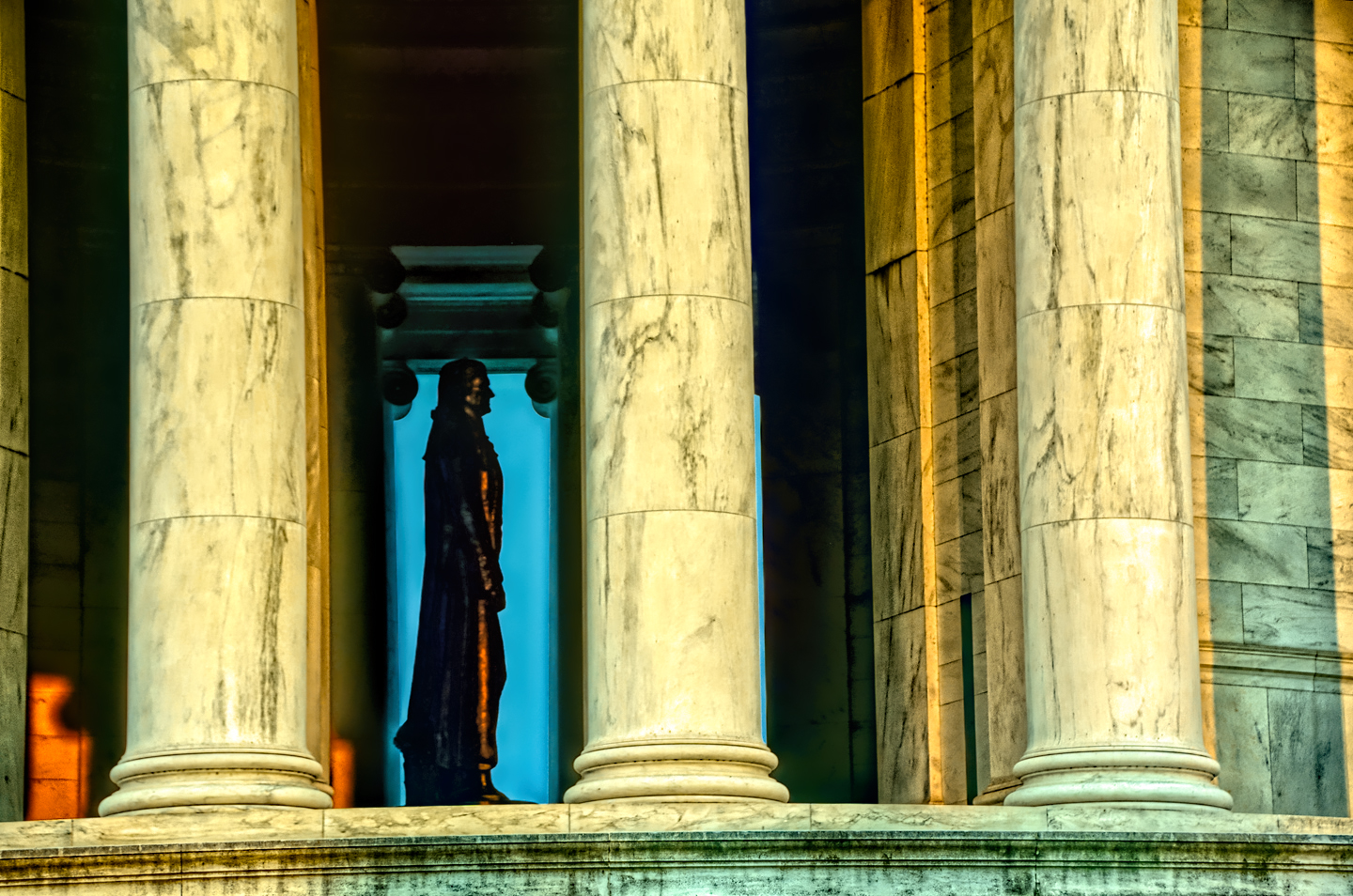
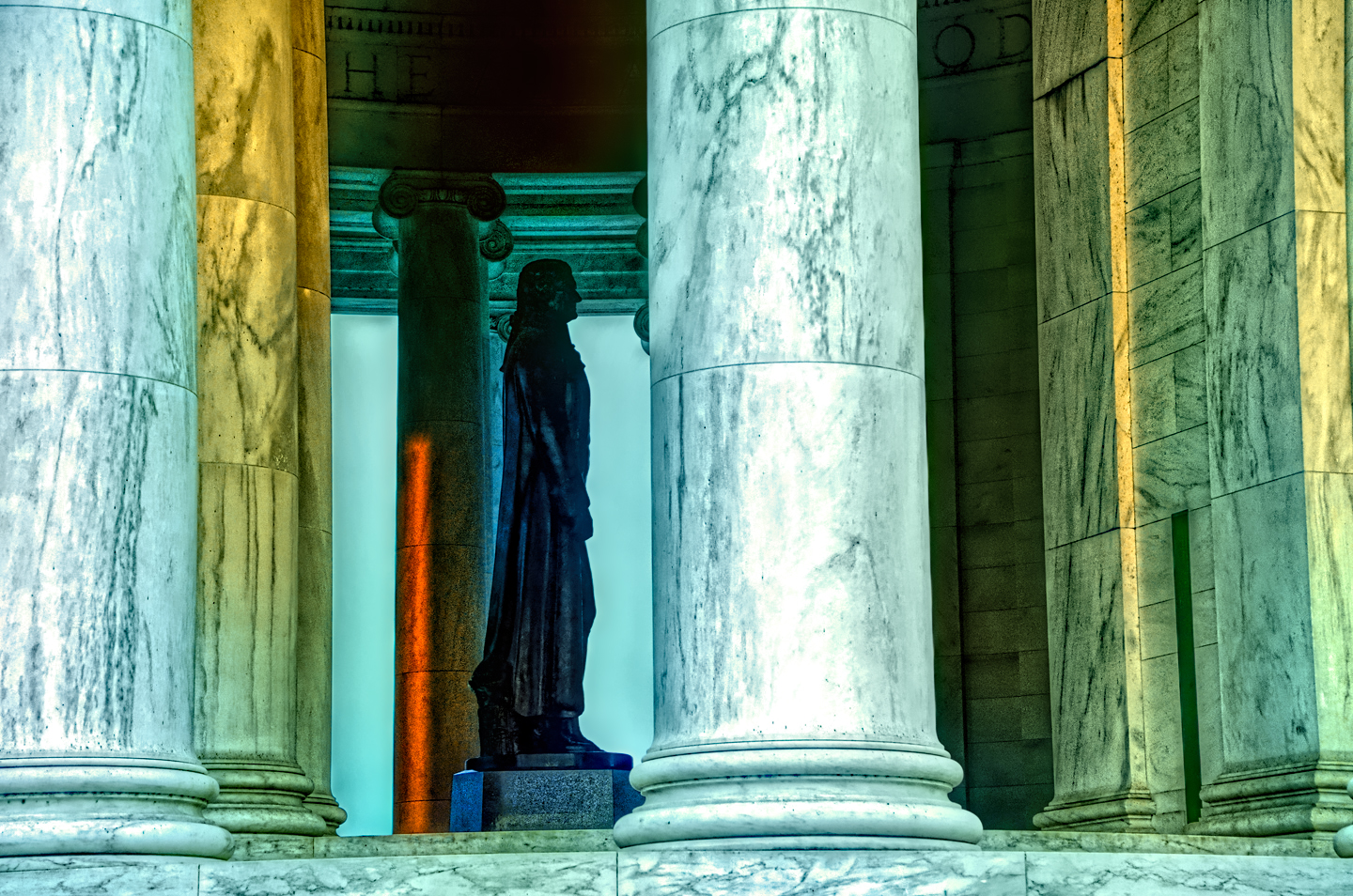
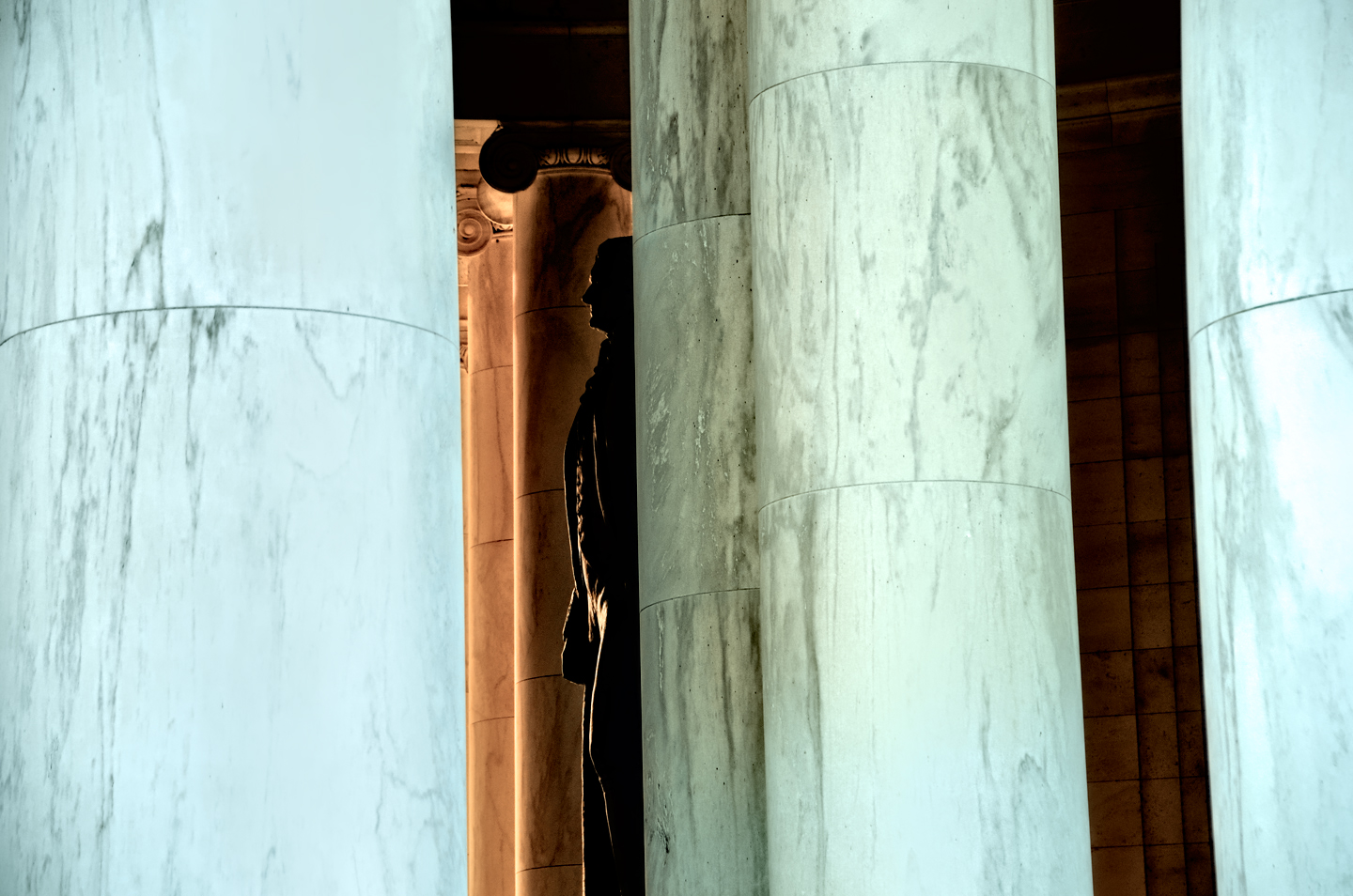
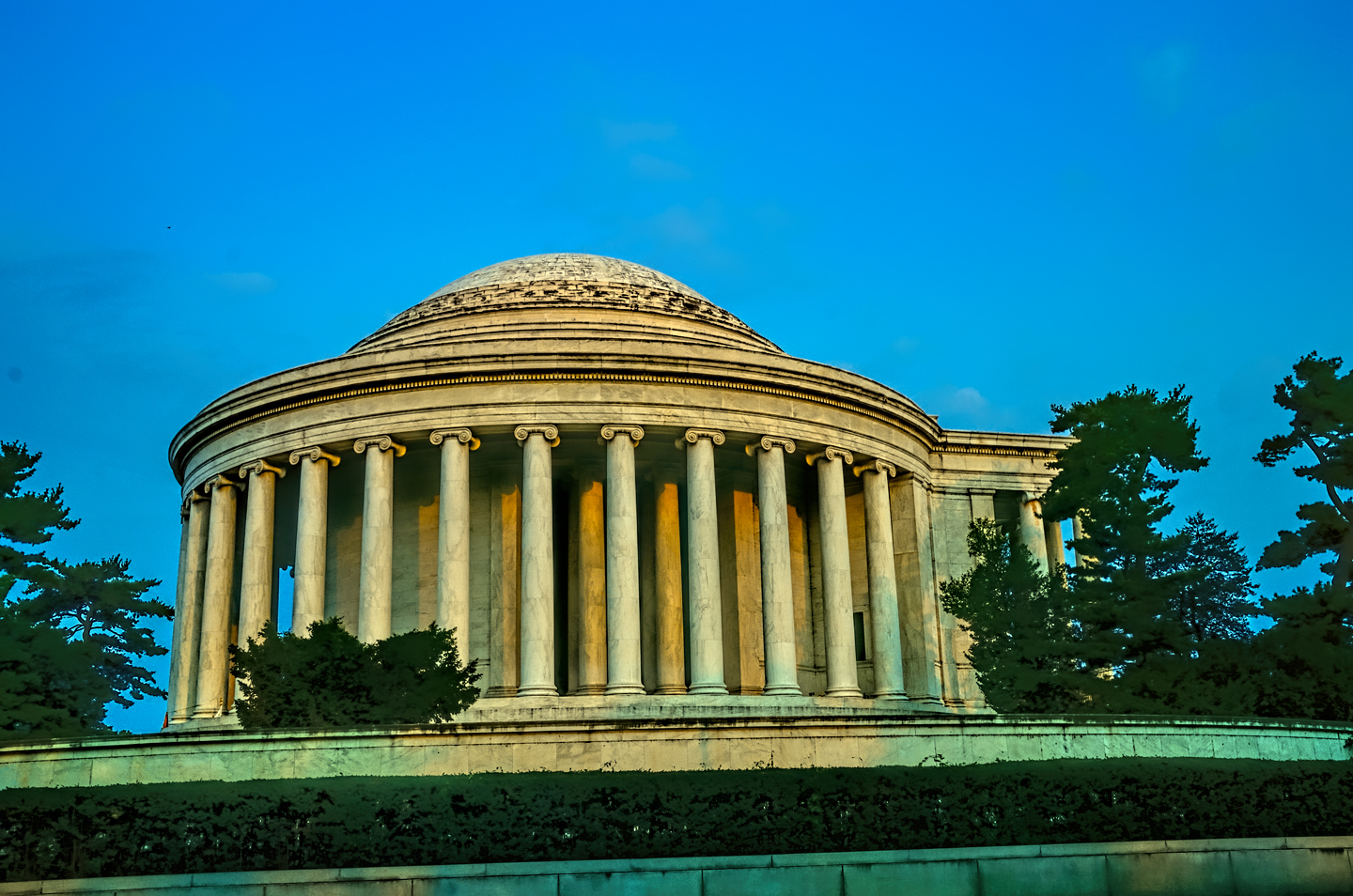
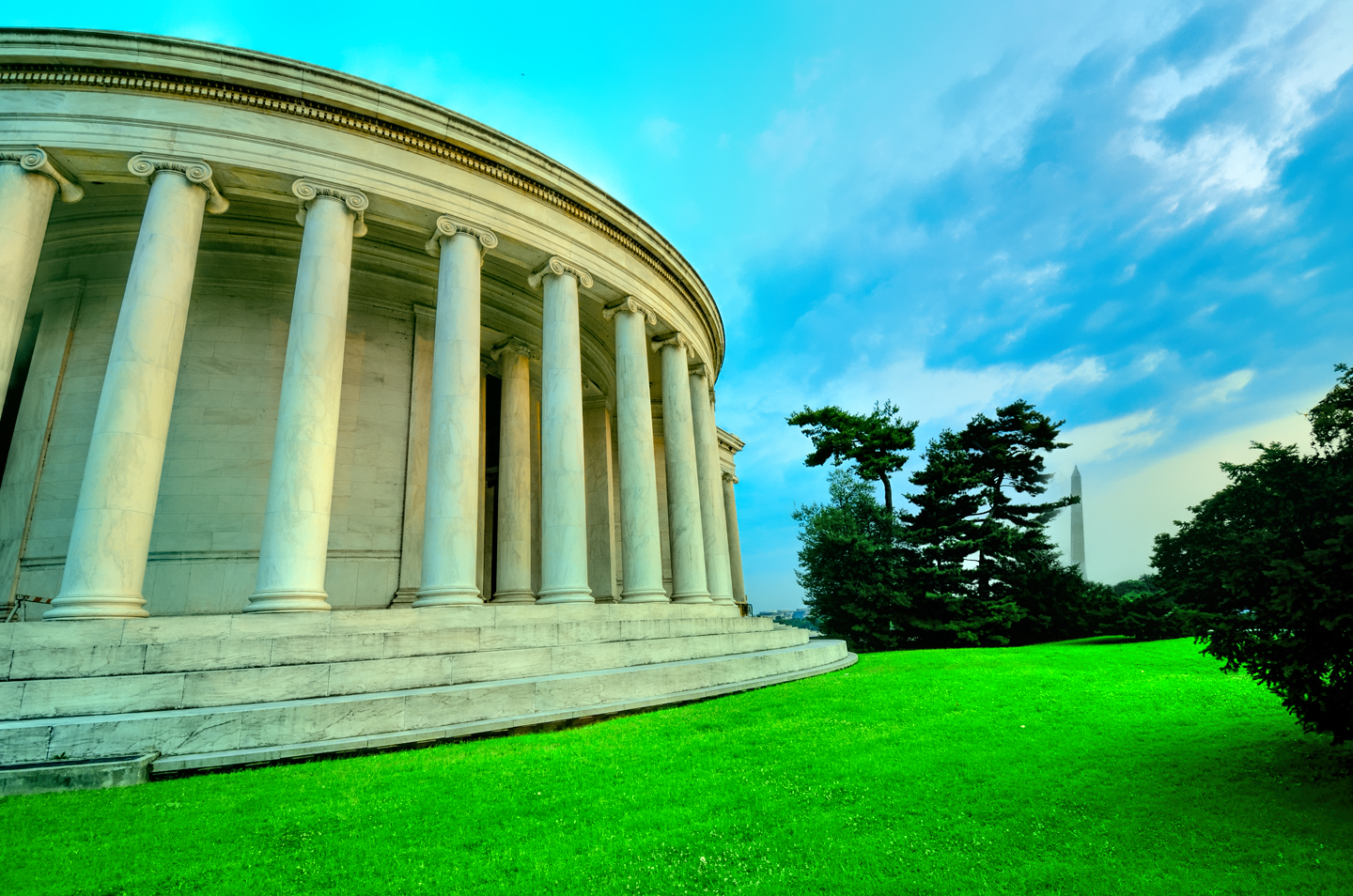
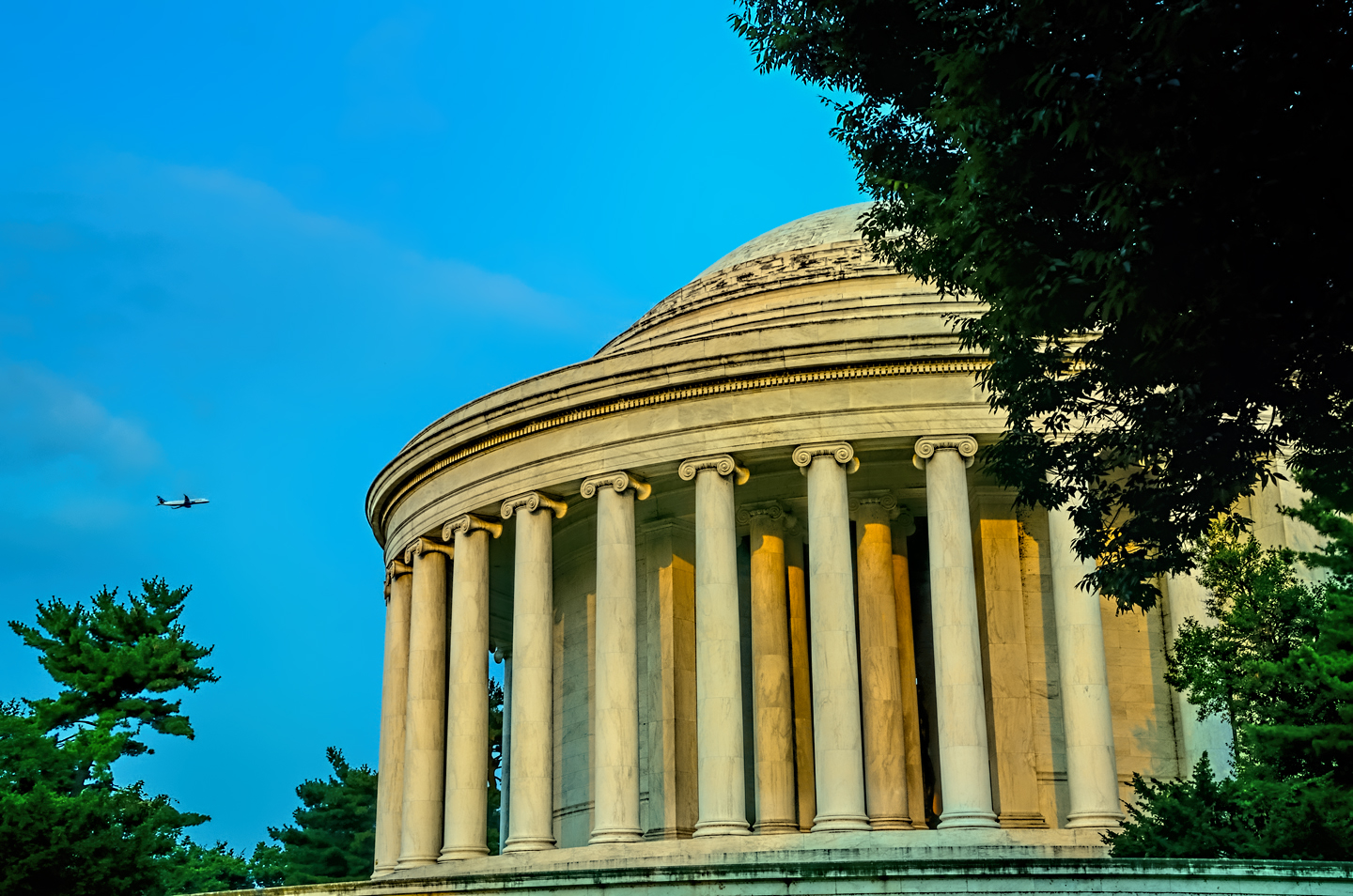
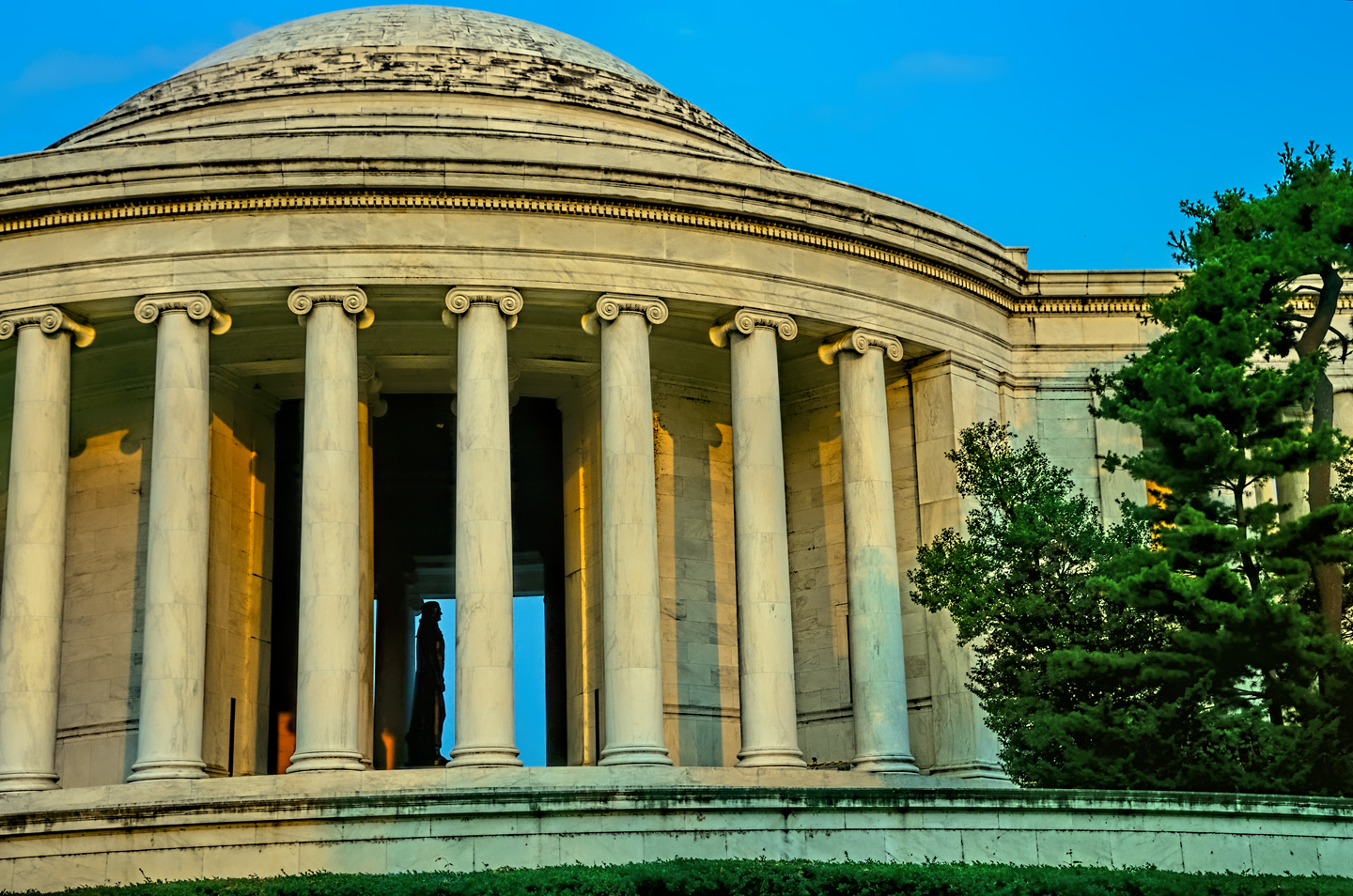
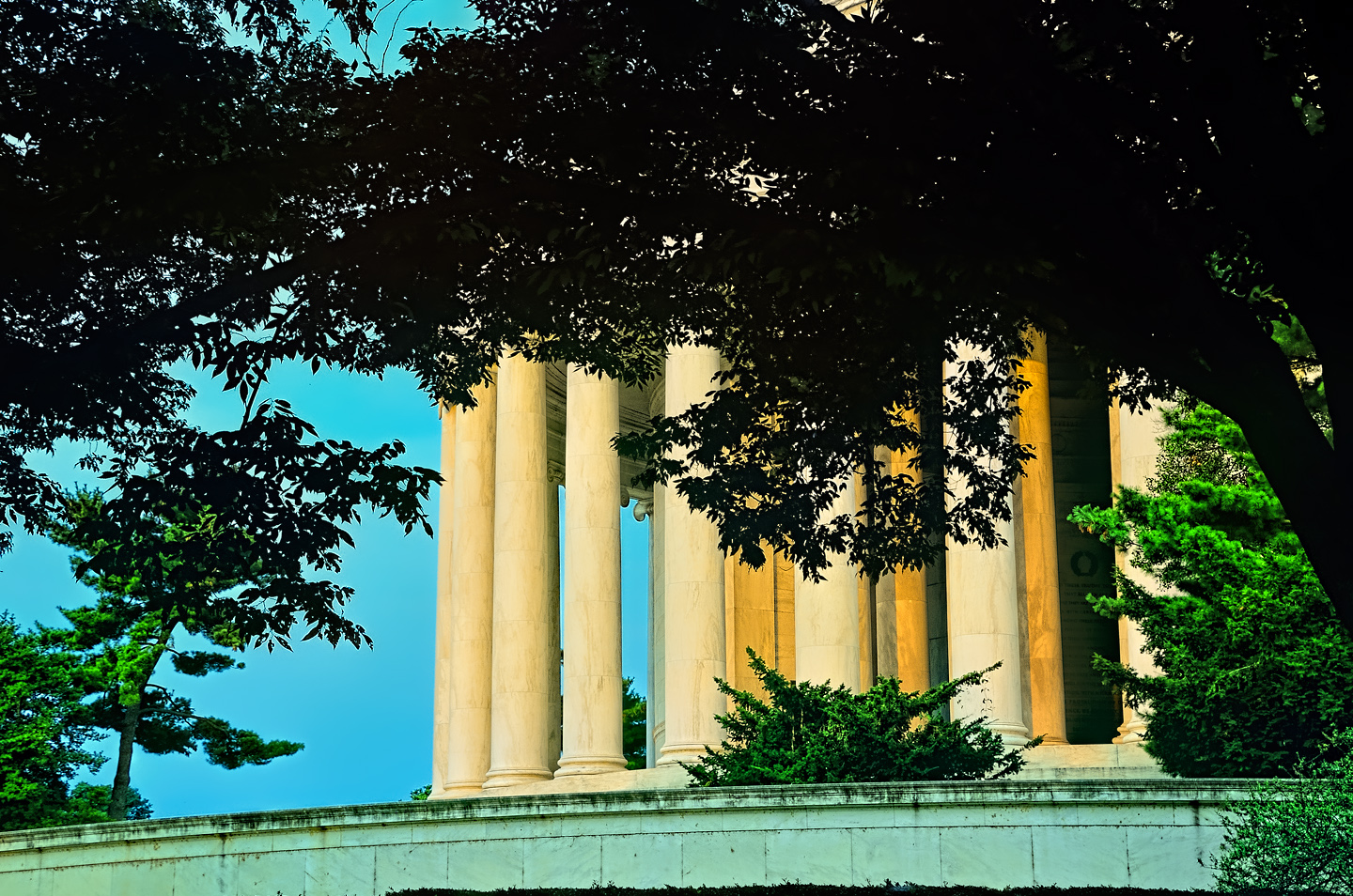
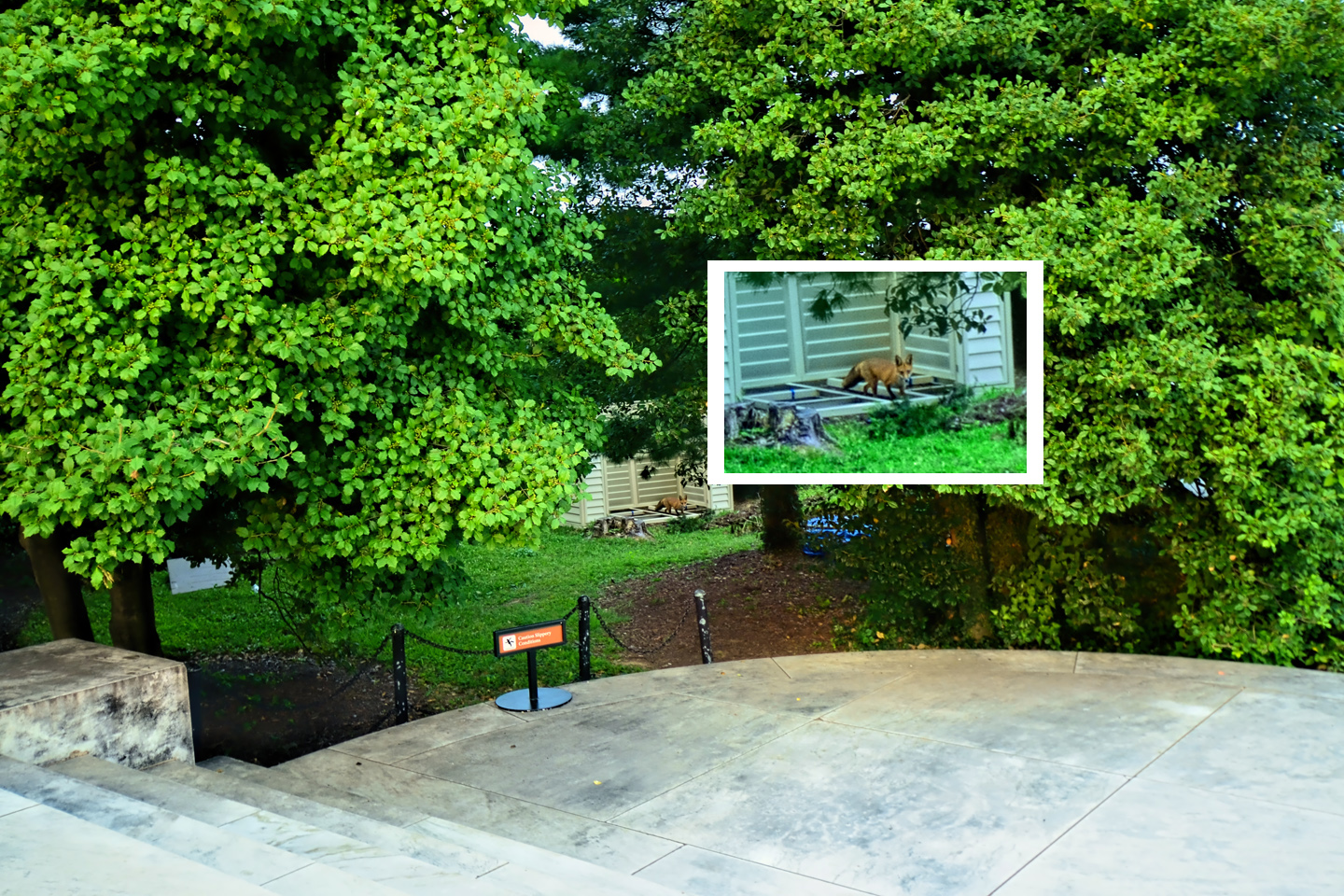
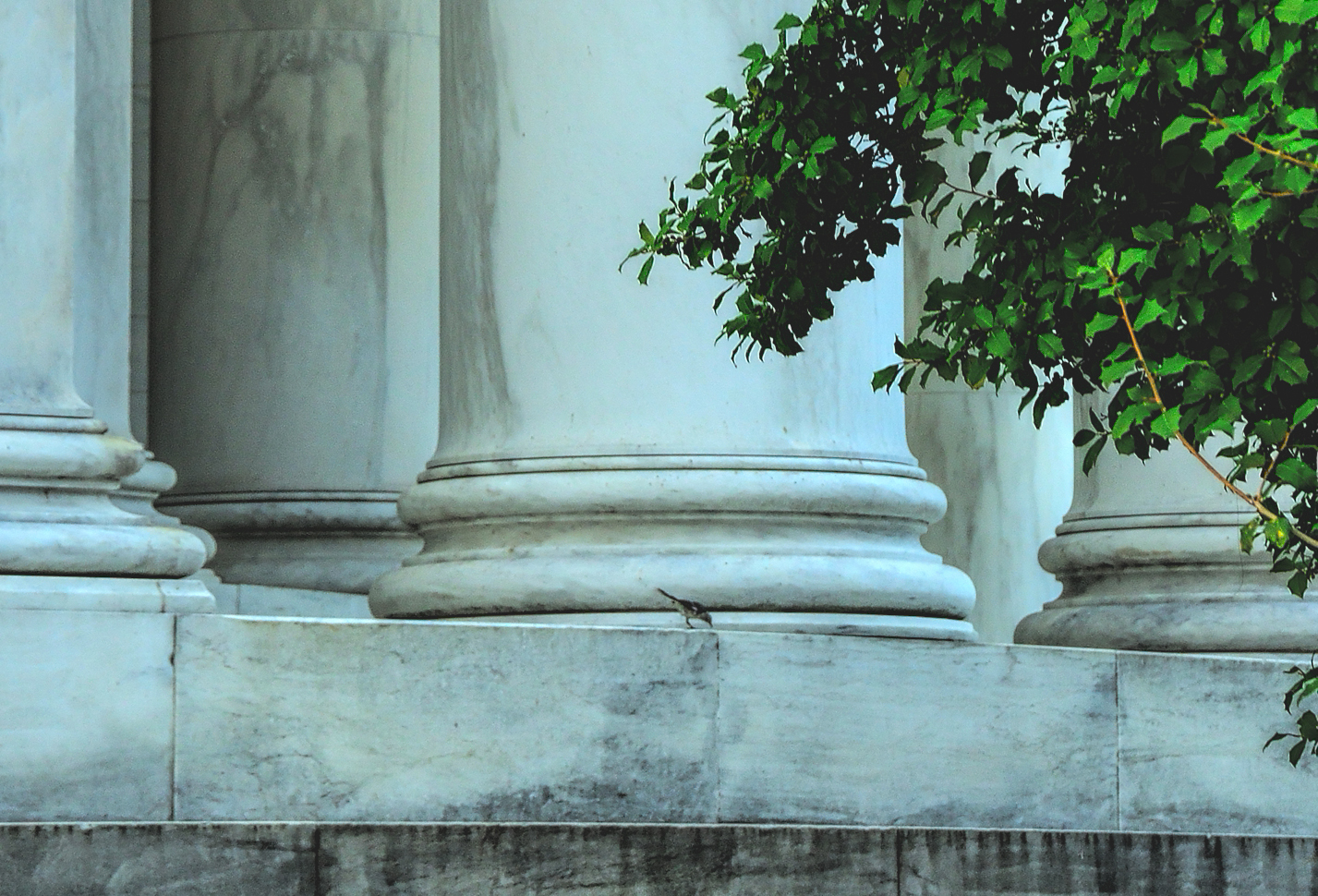
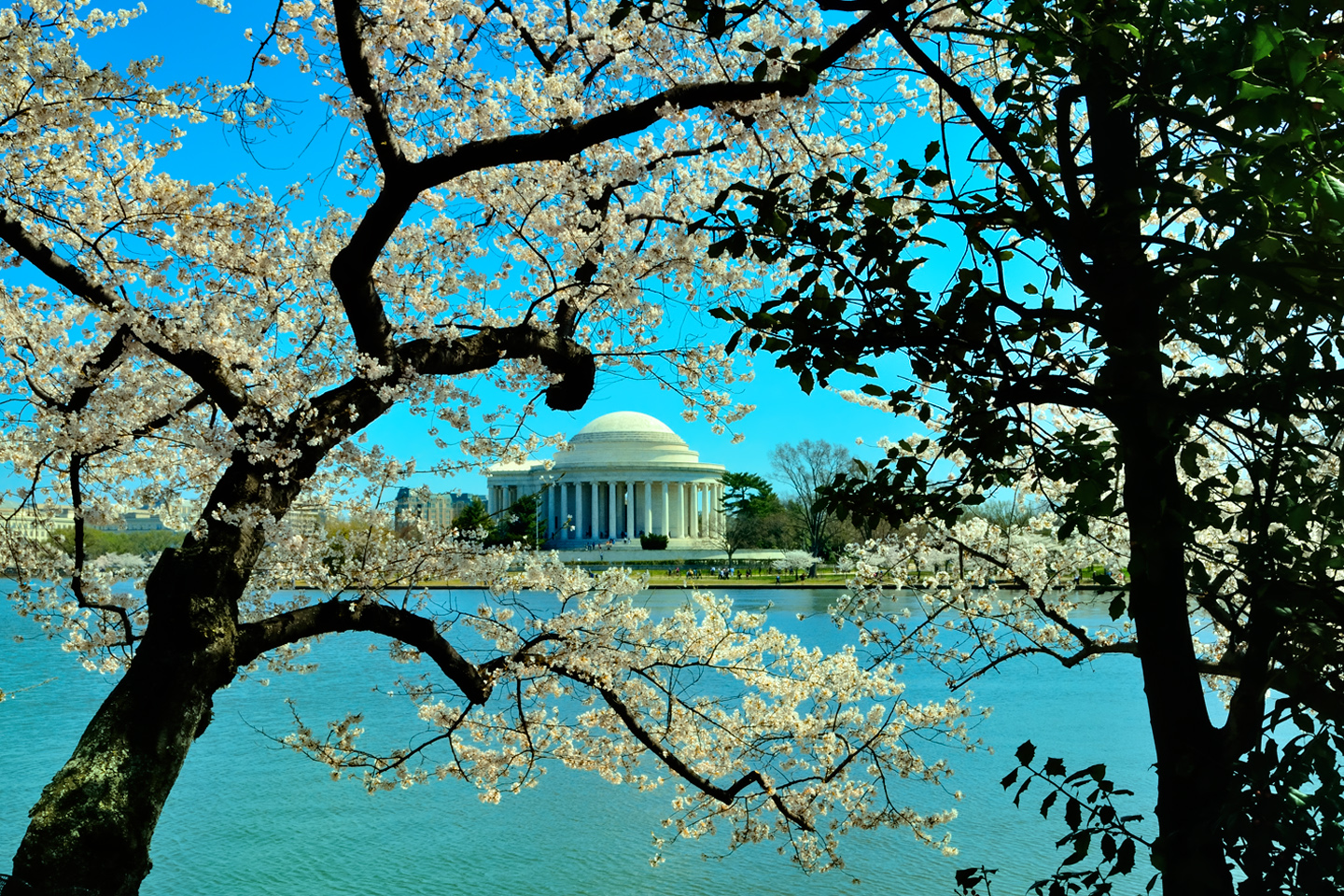
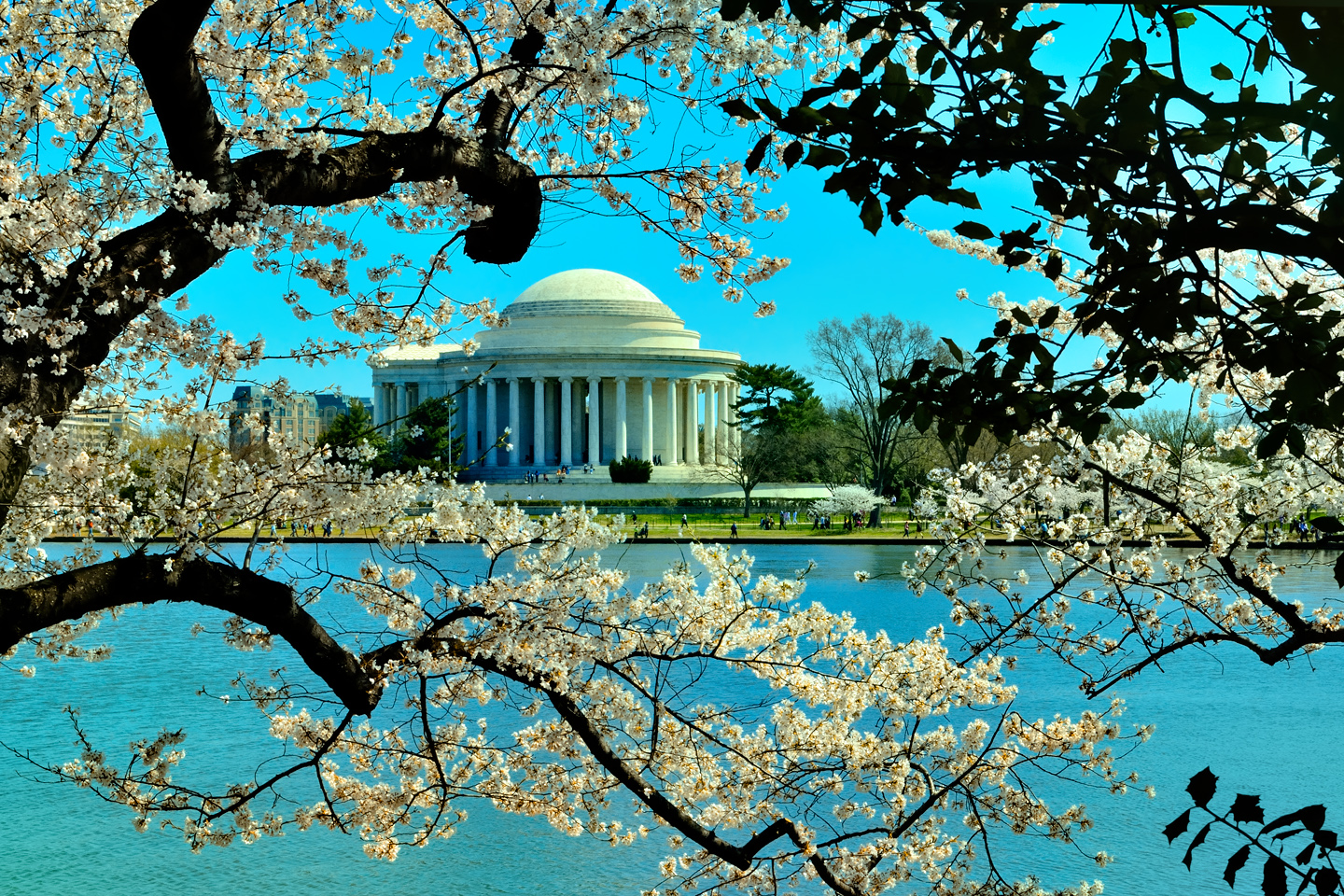
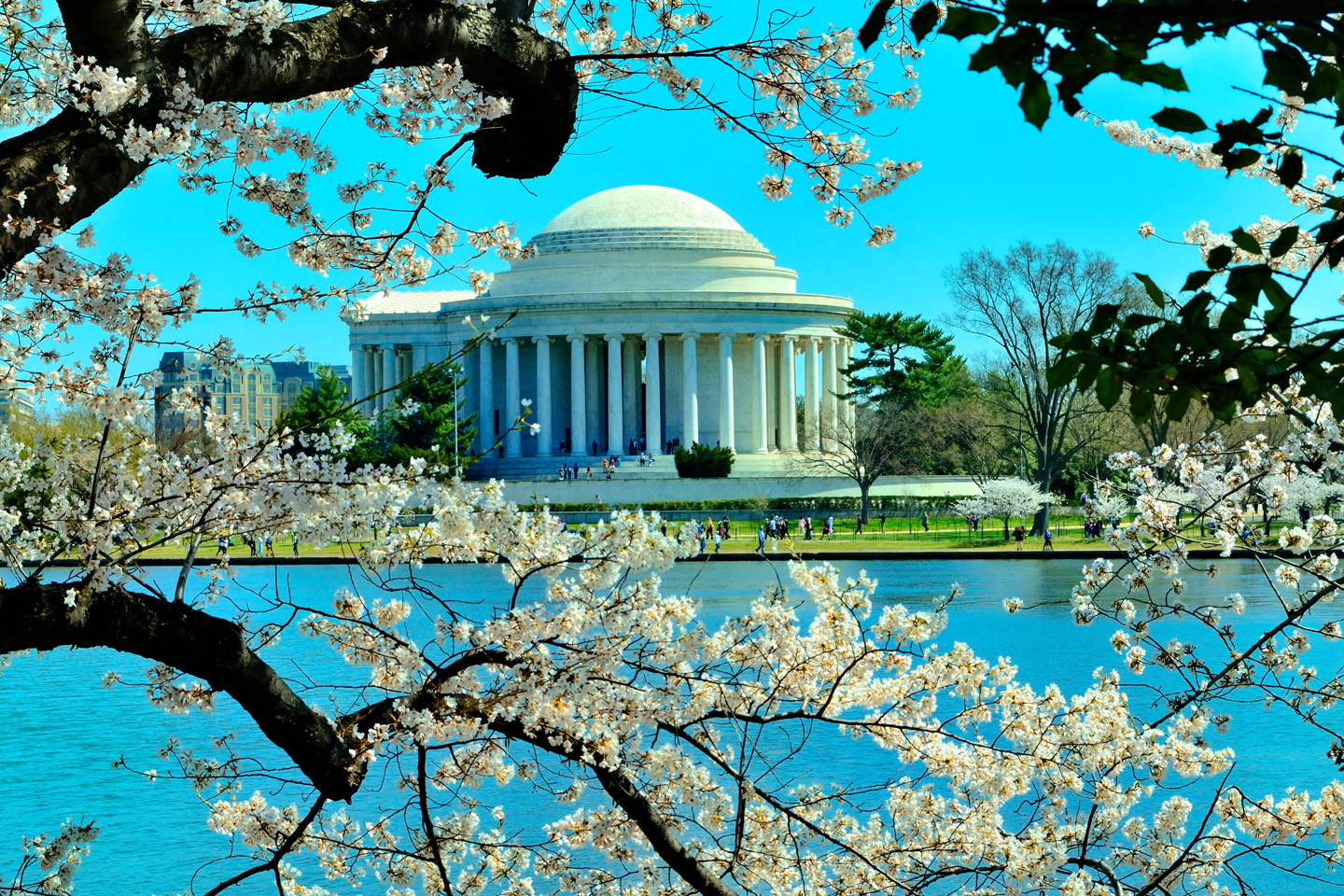
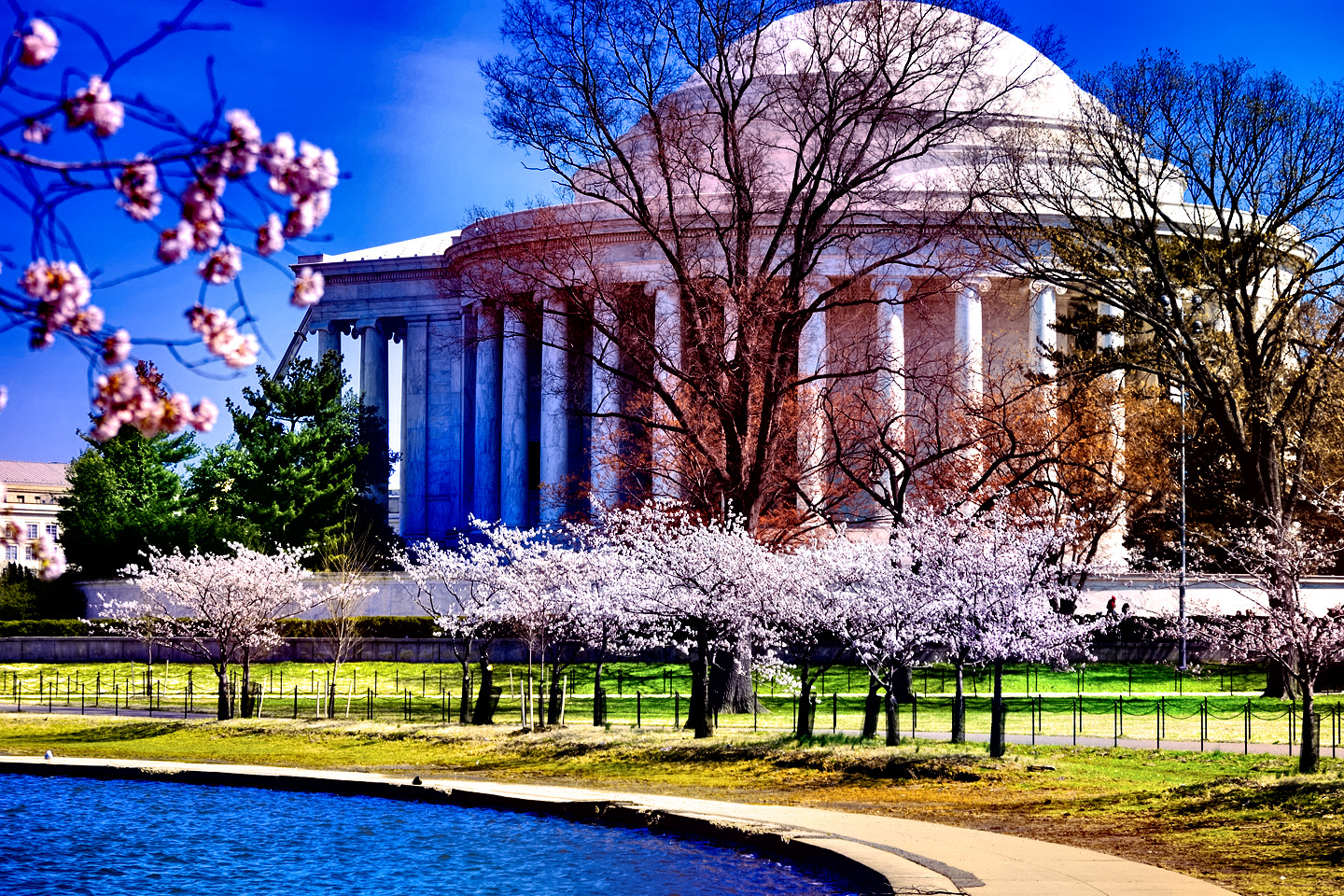
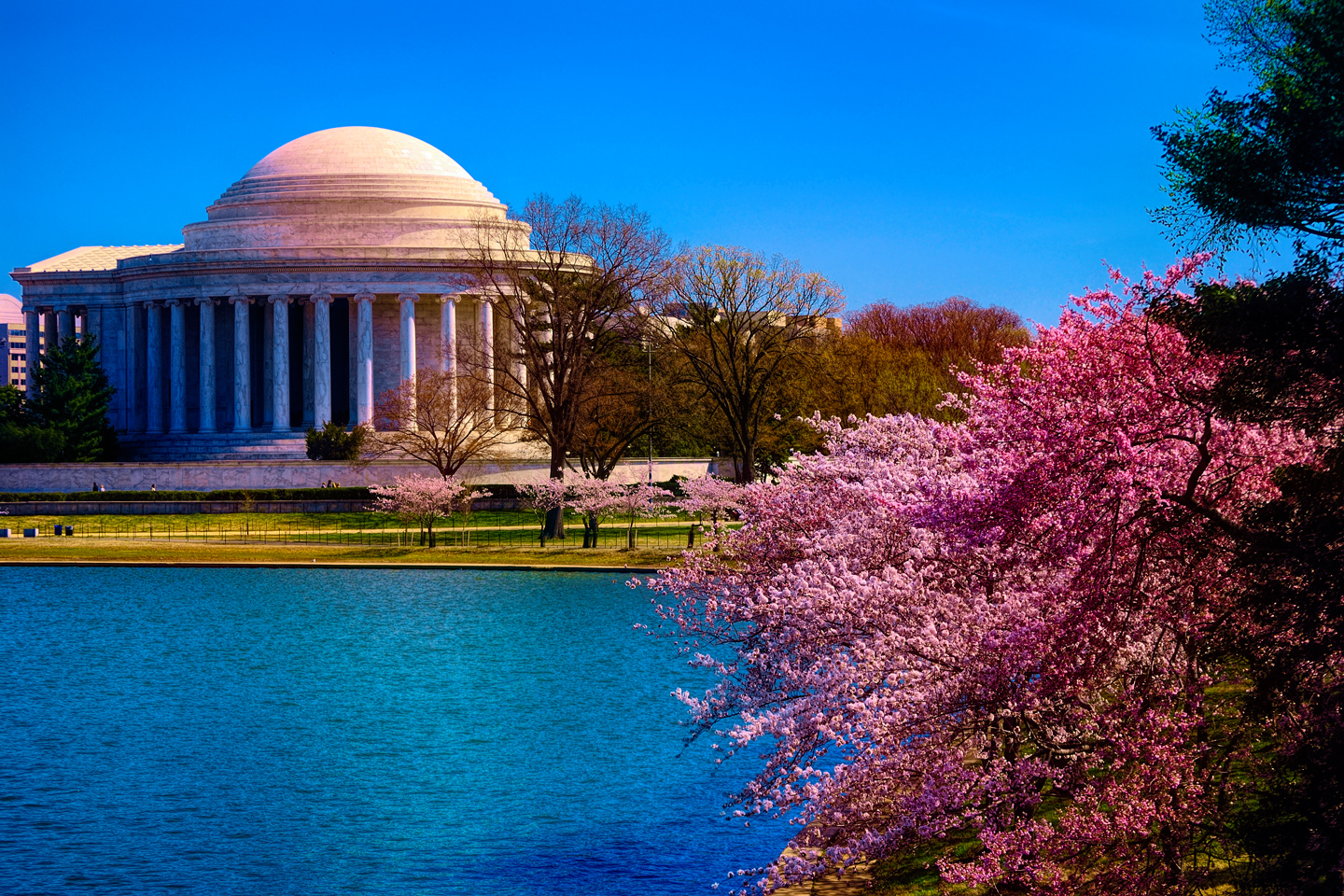
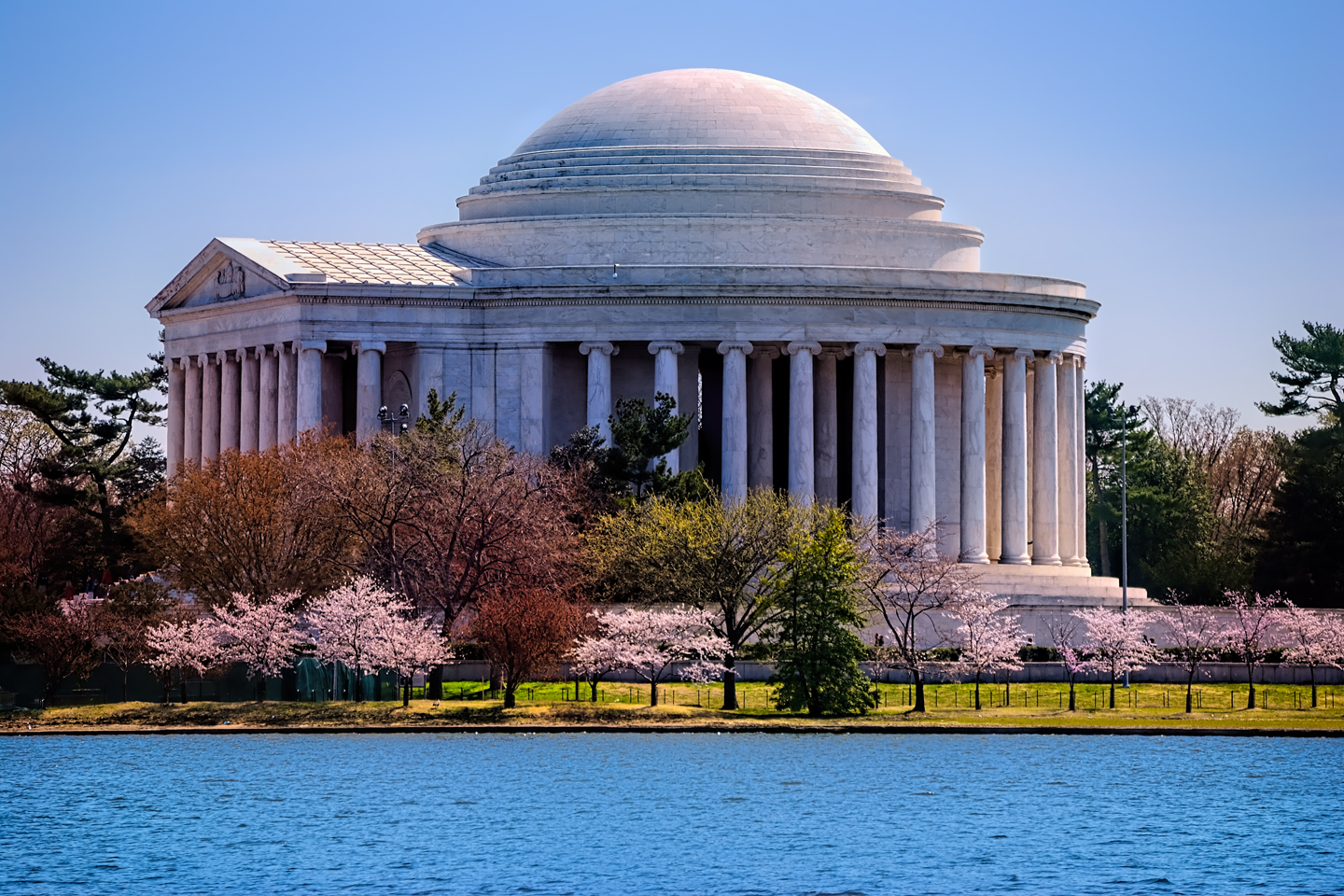
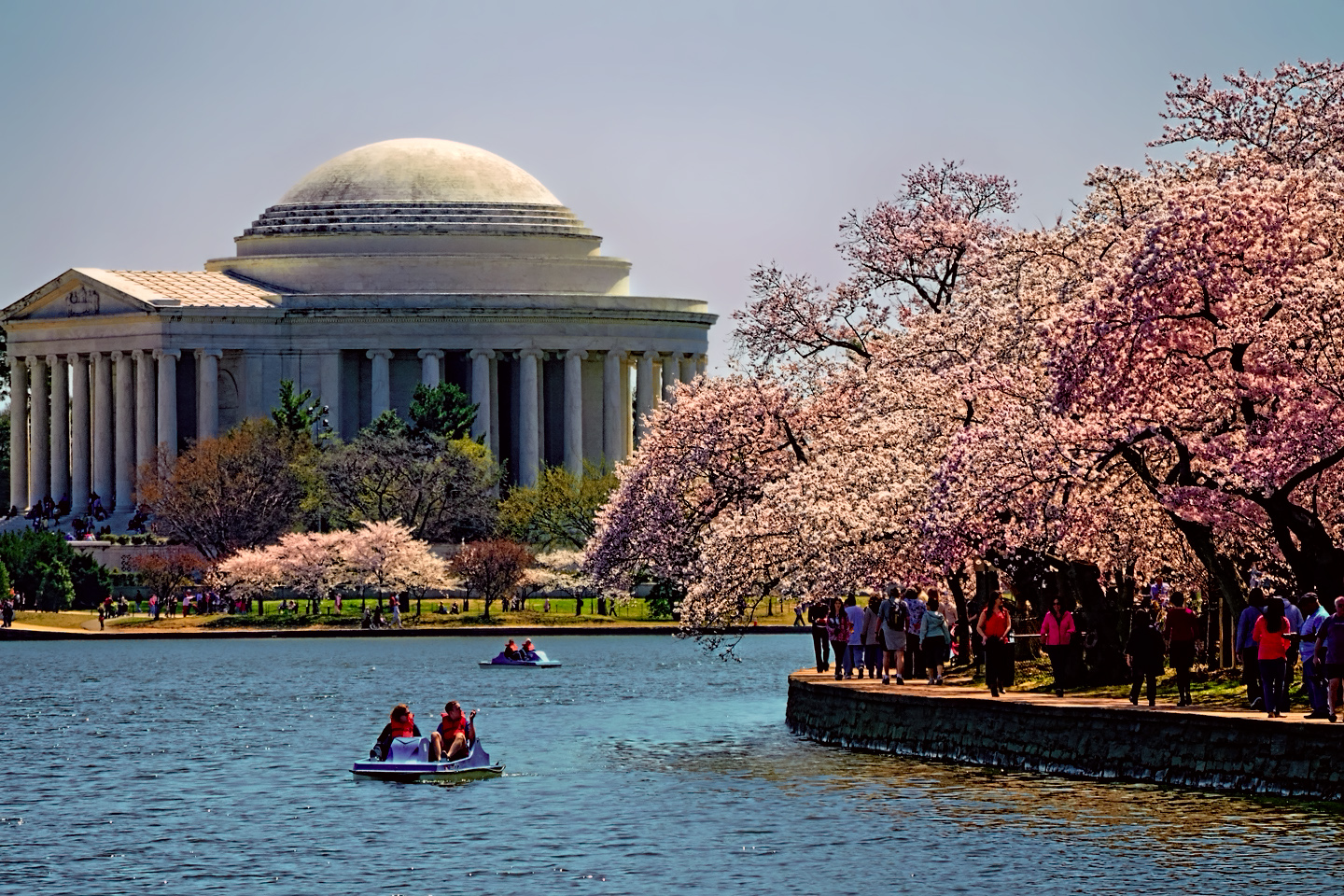
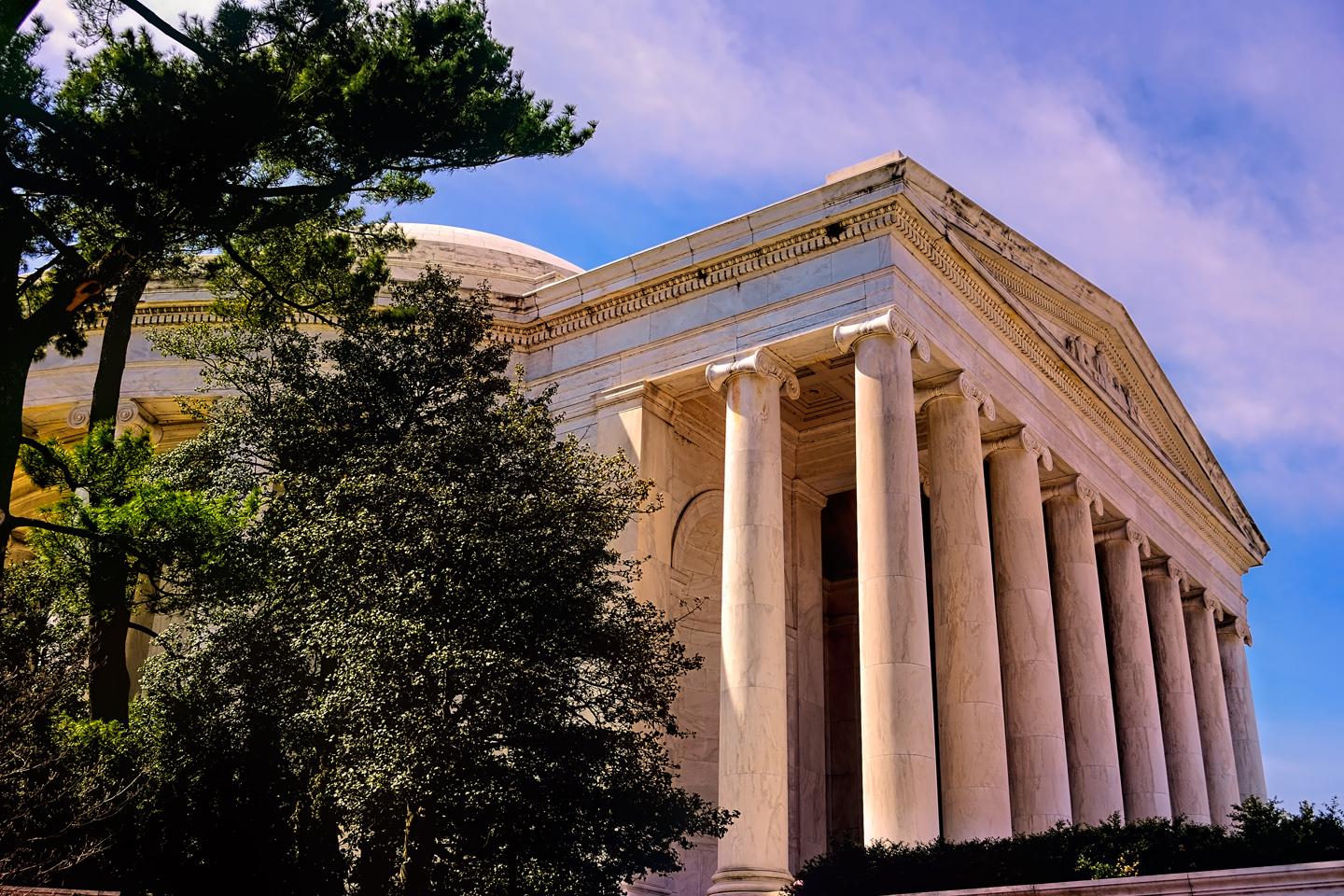
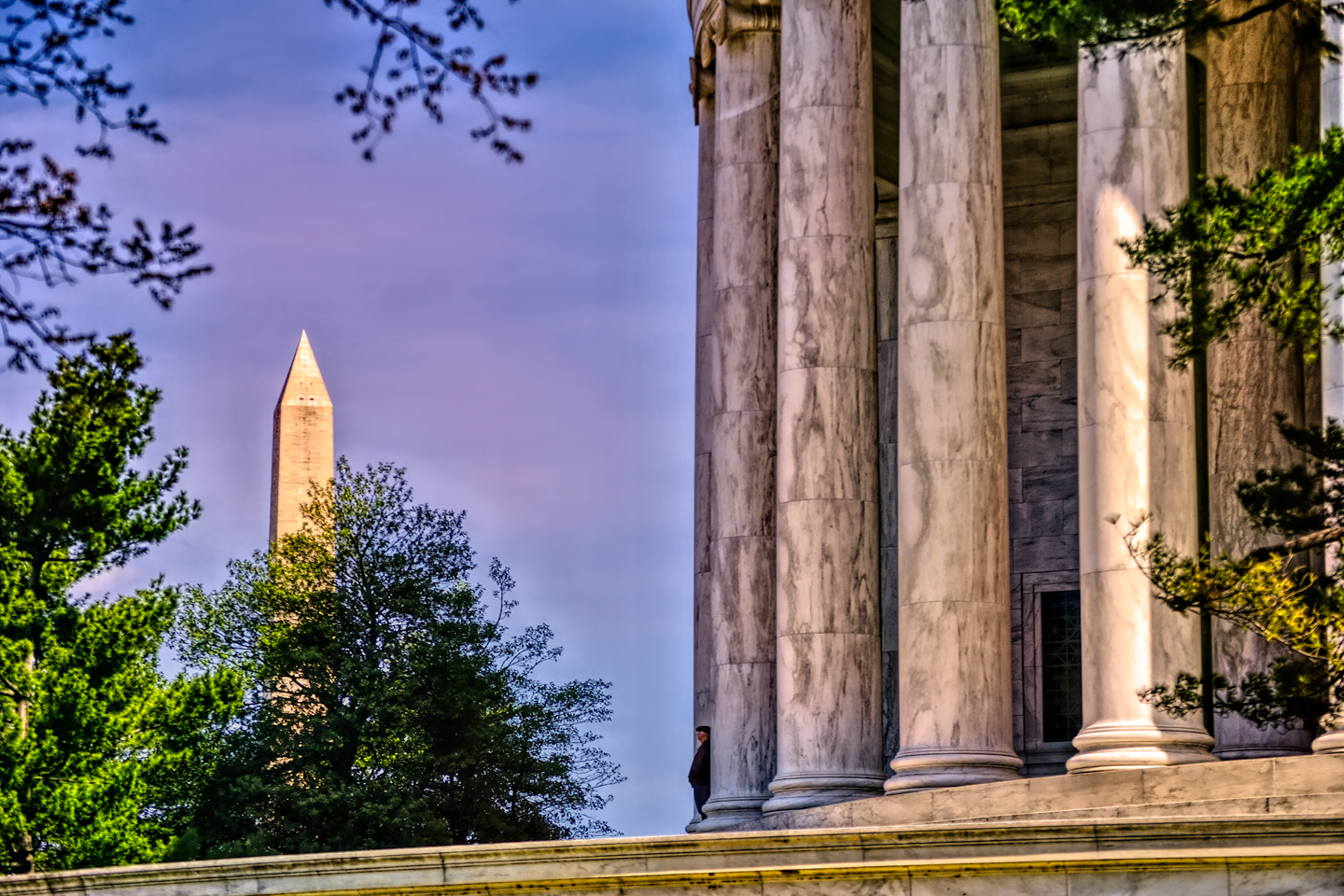
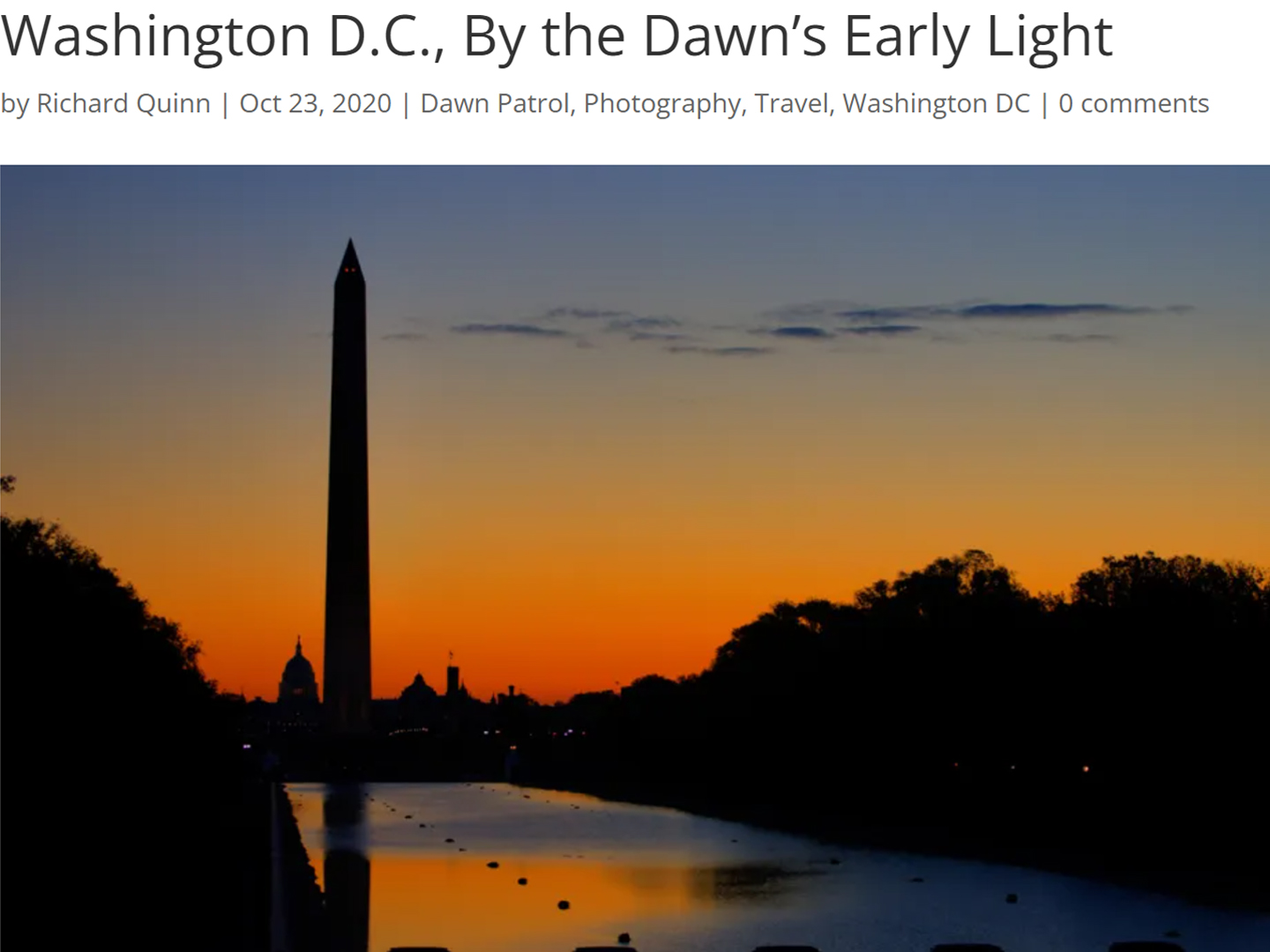
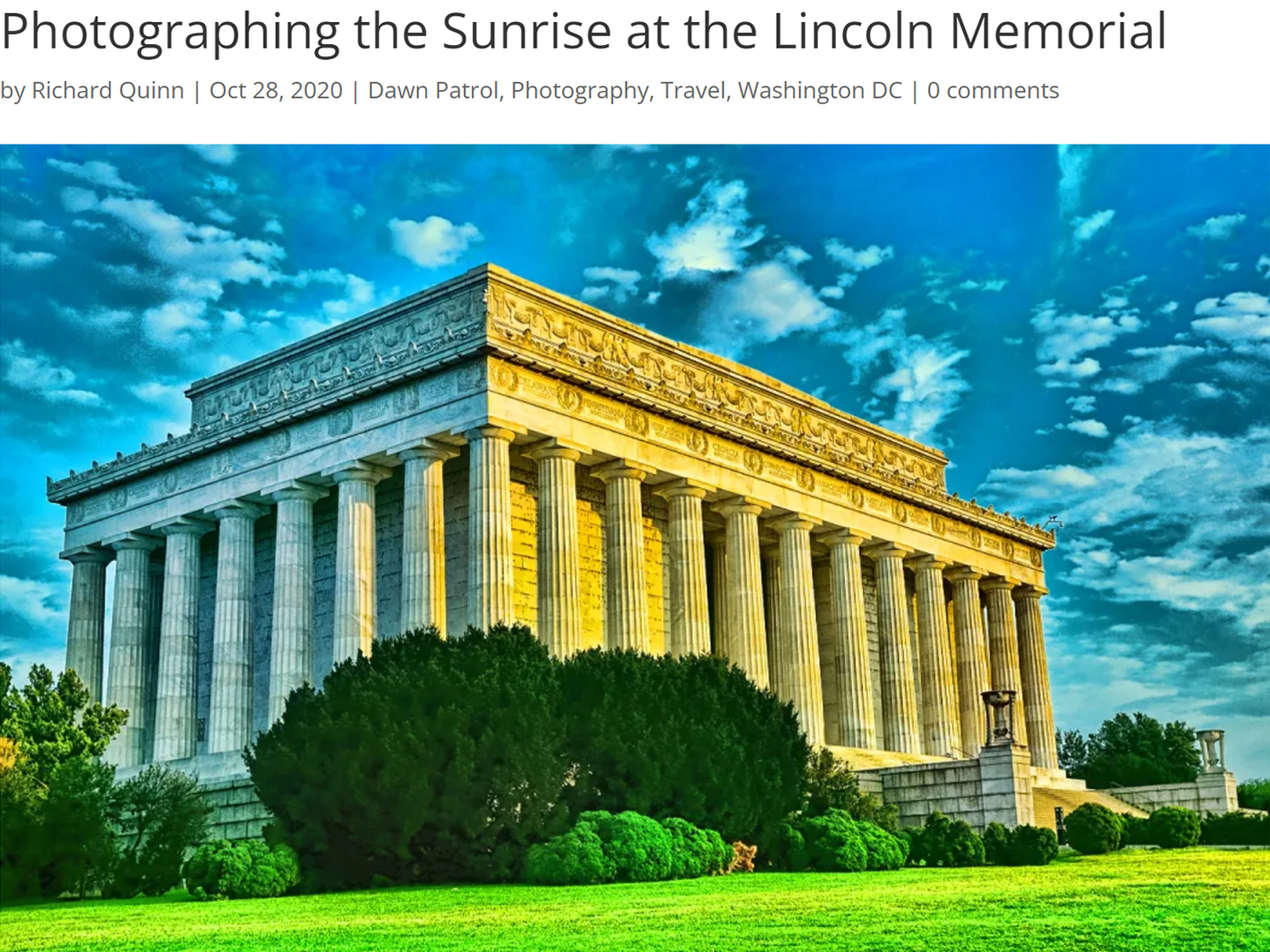
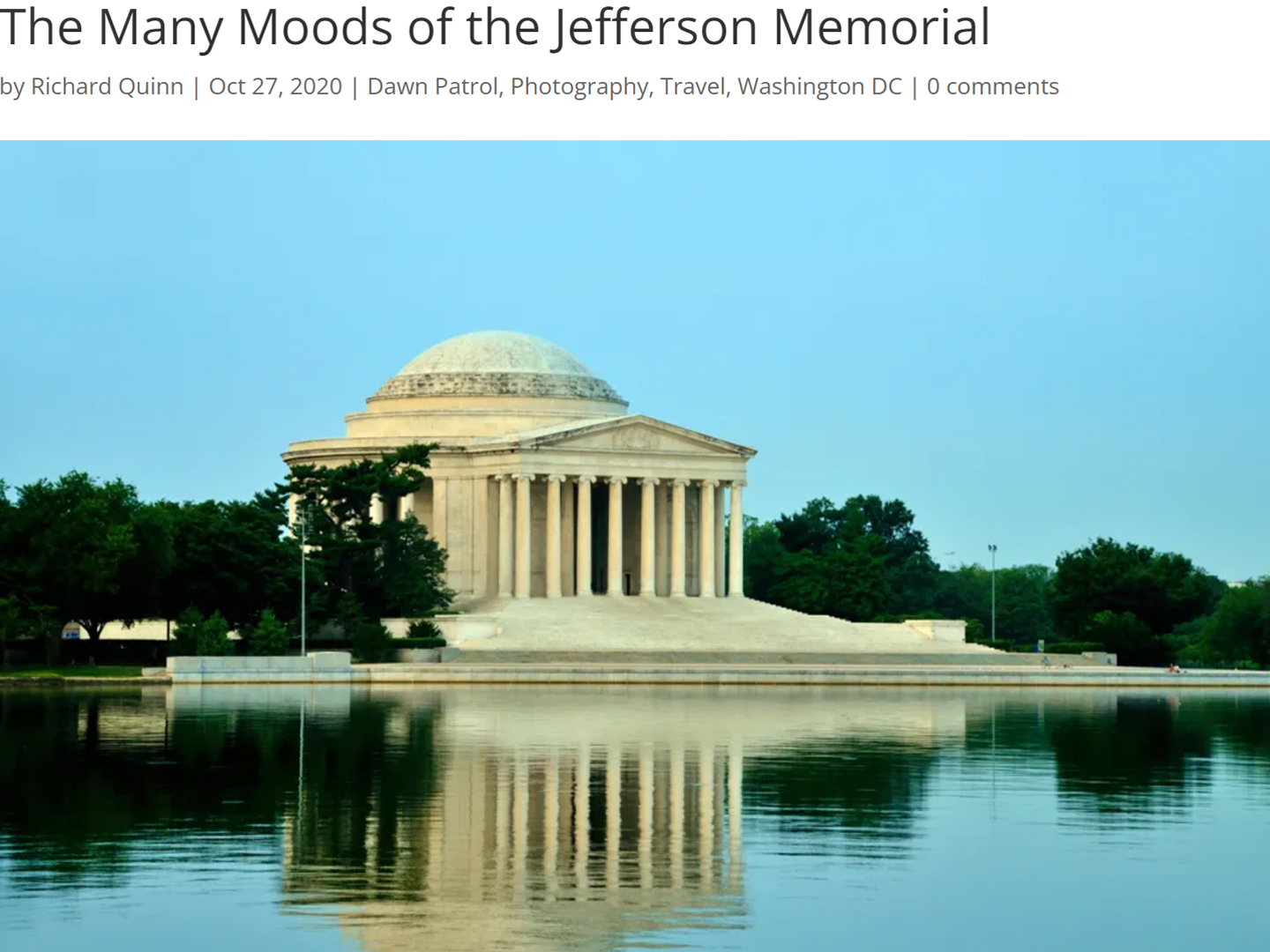
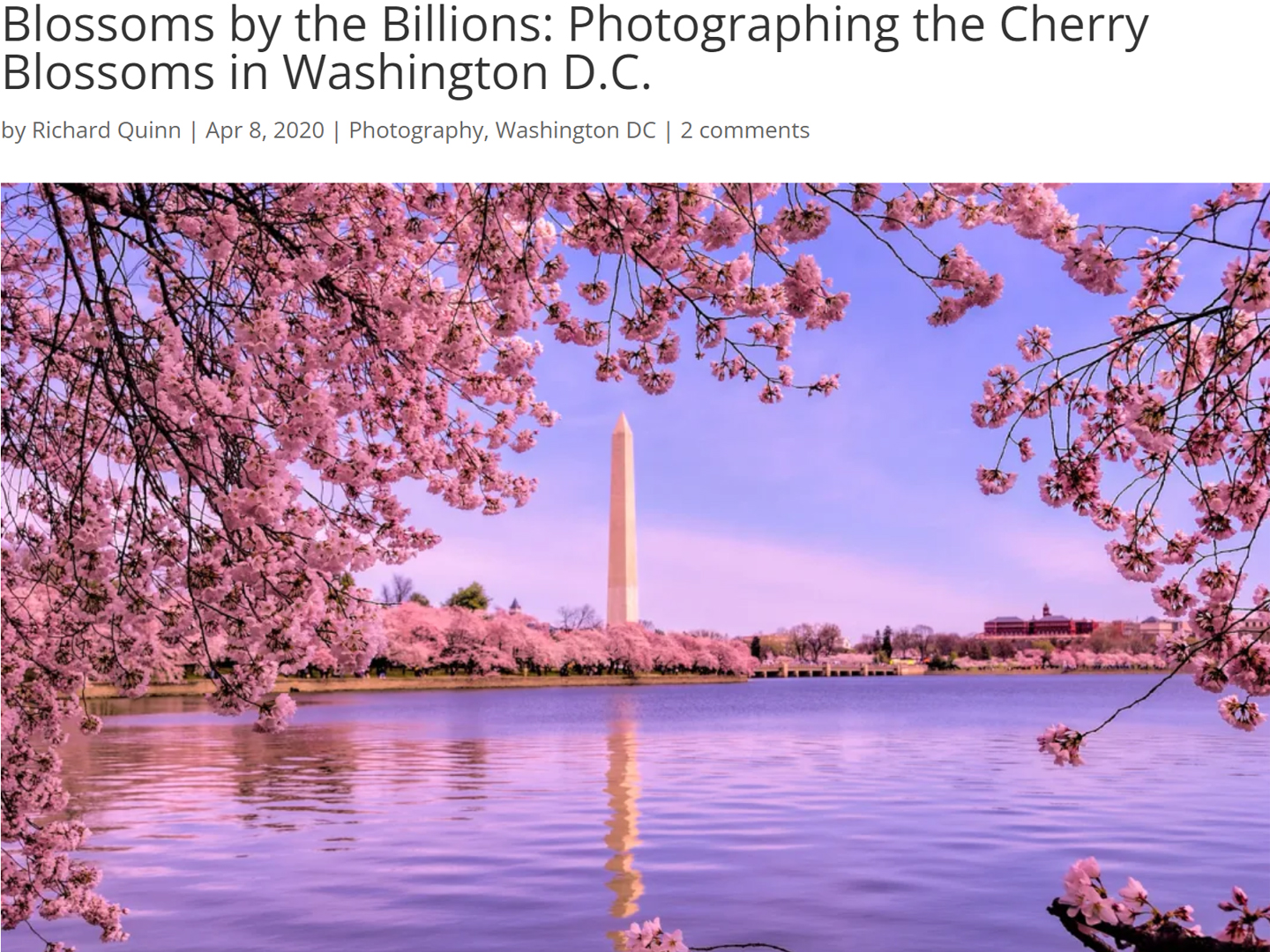


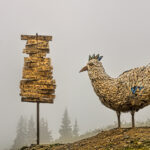
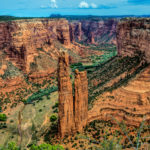
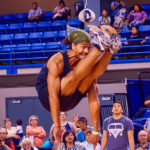
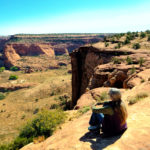
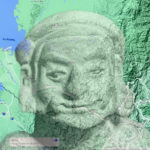
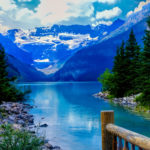
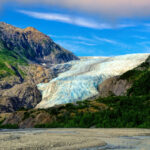
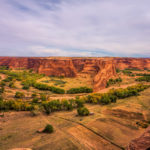
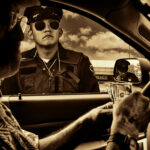
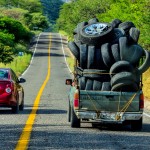
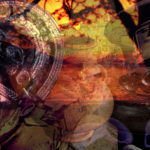
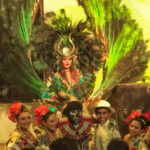
Recent Comments